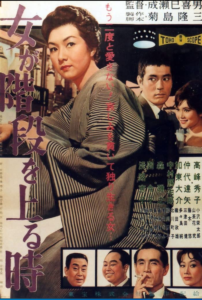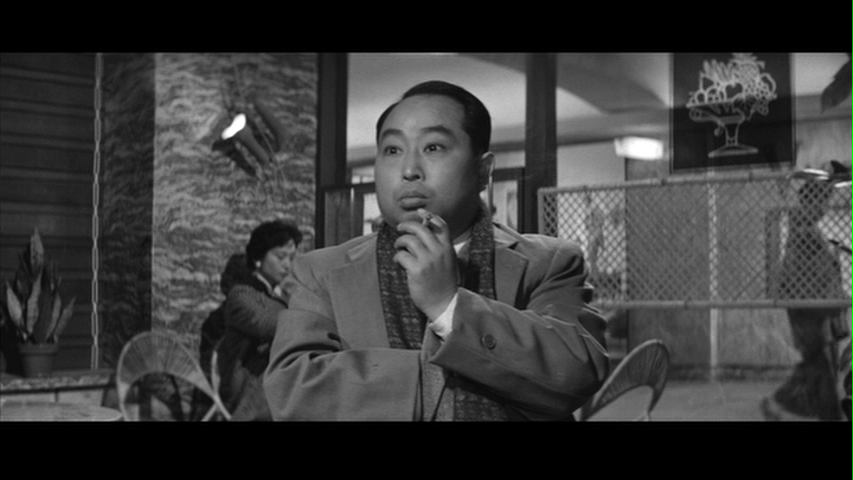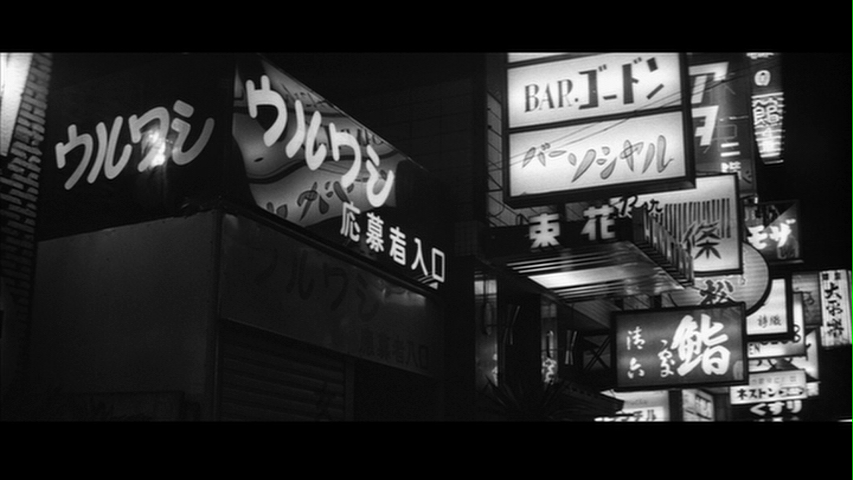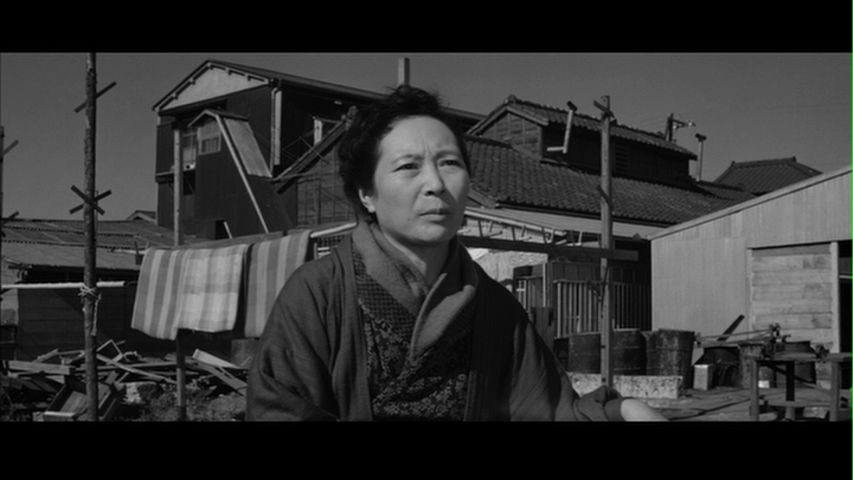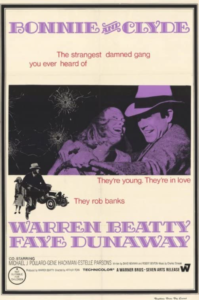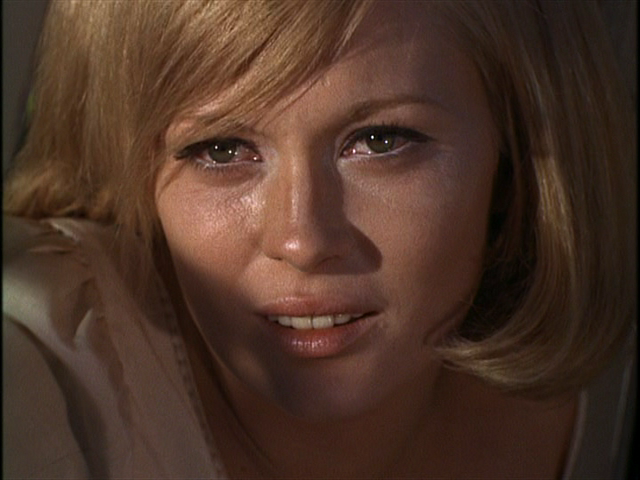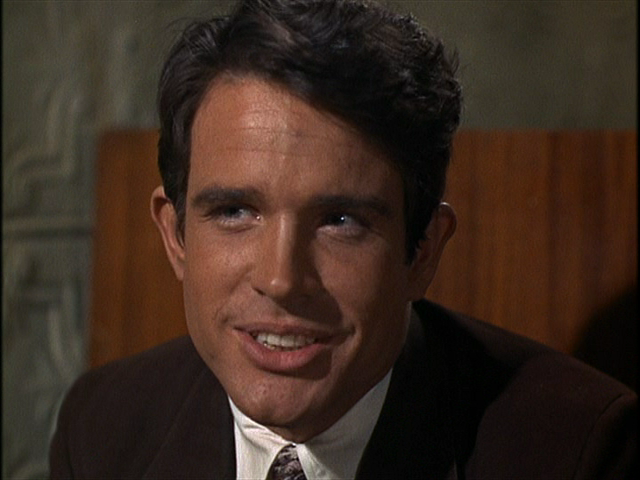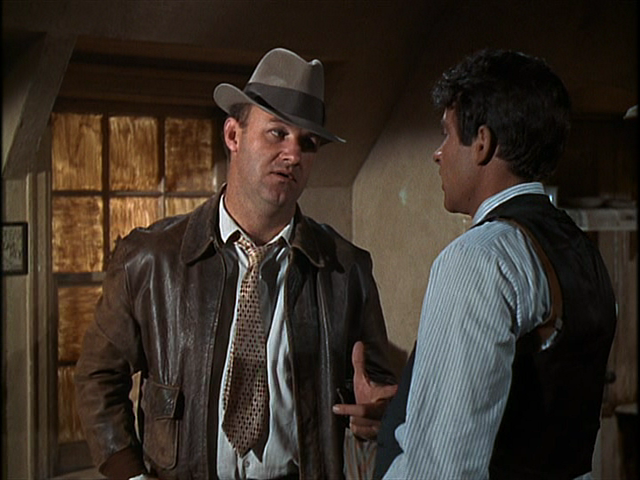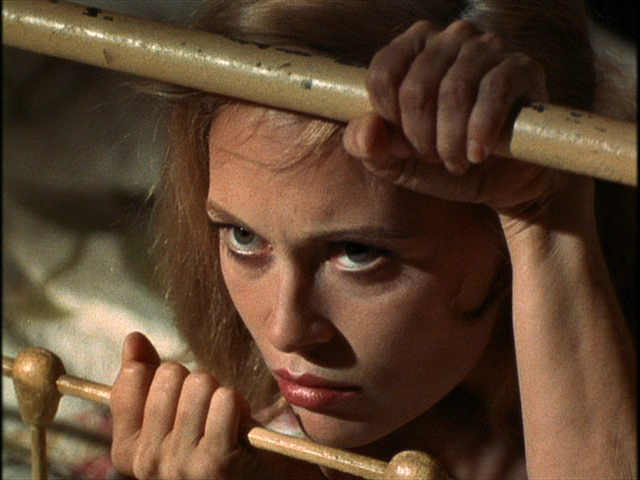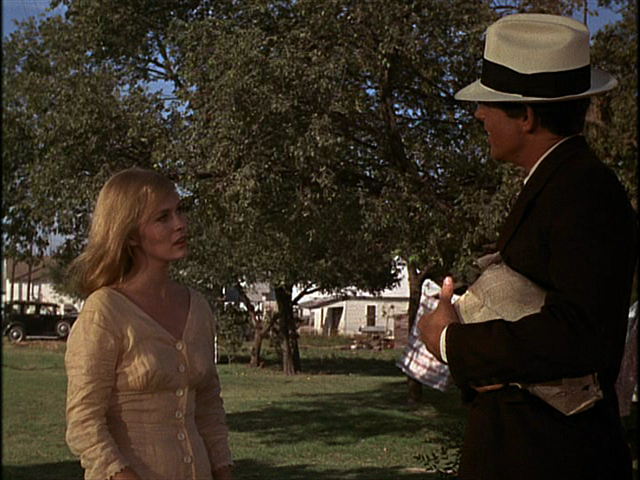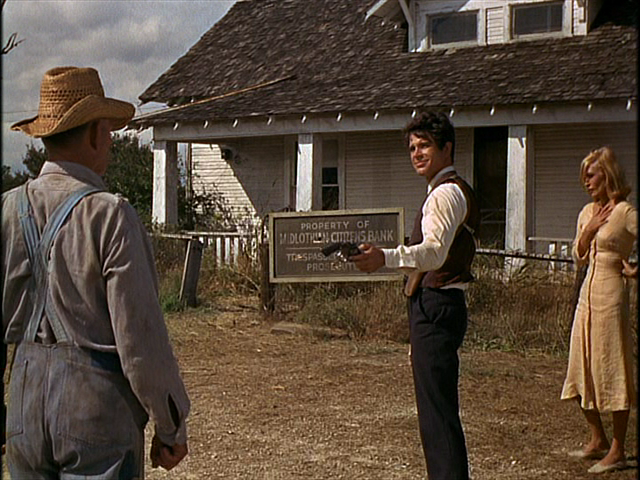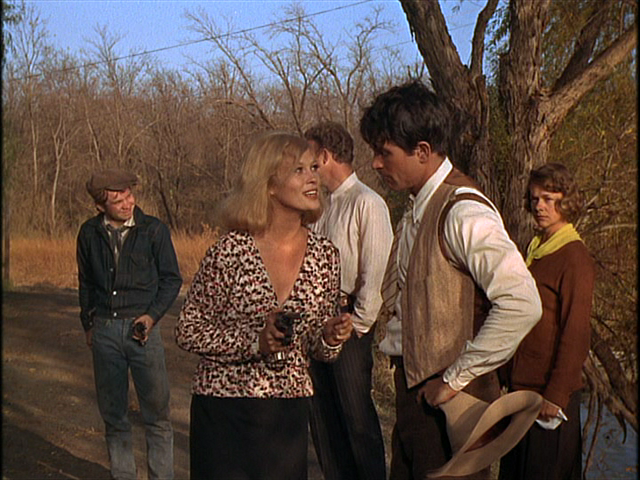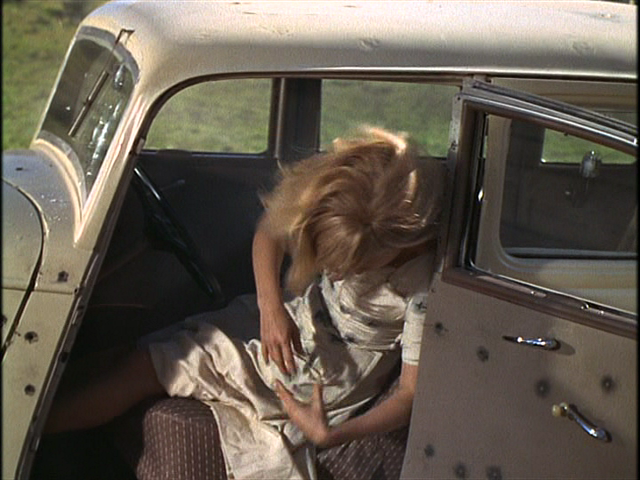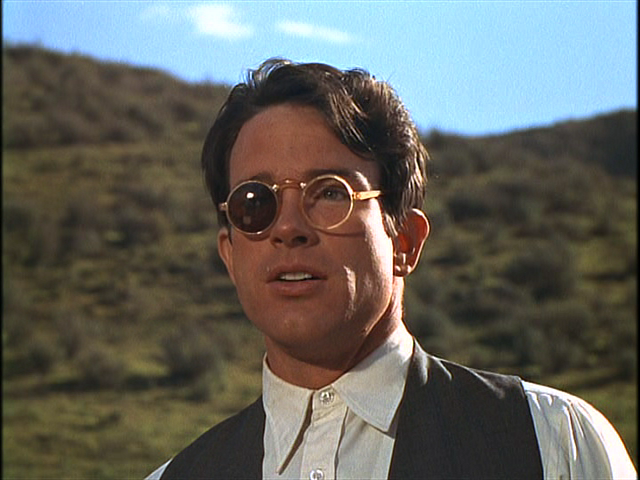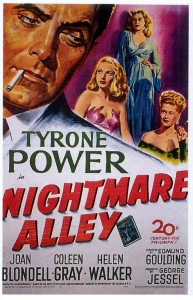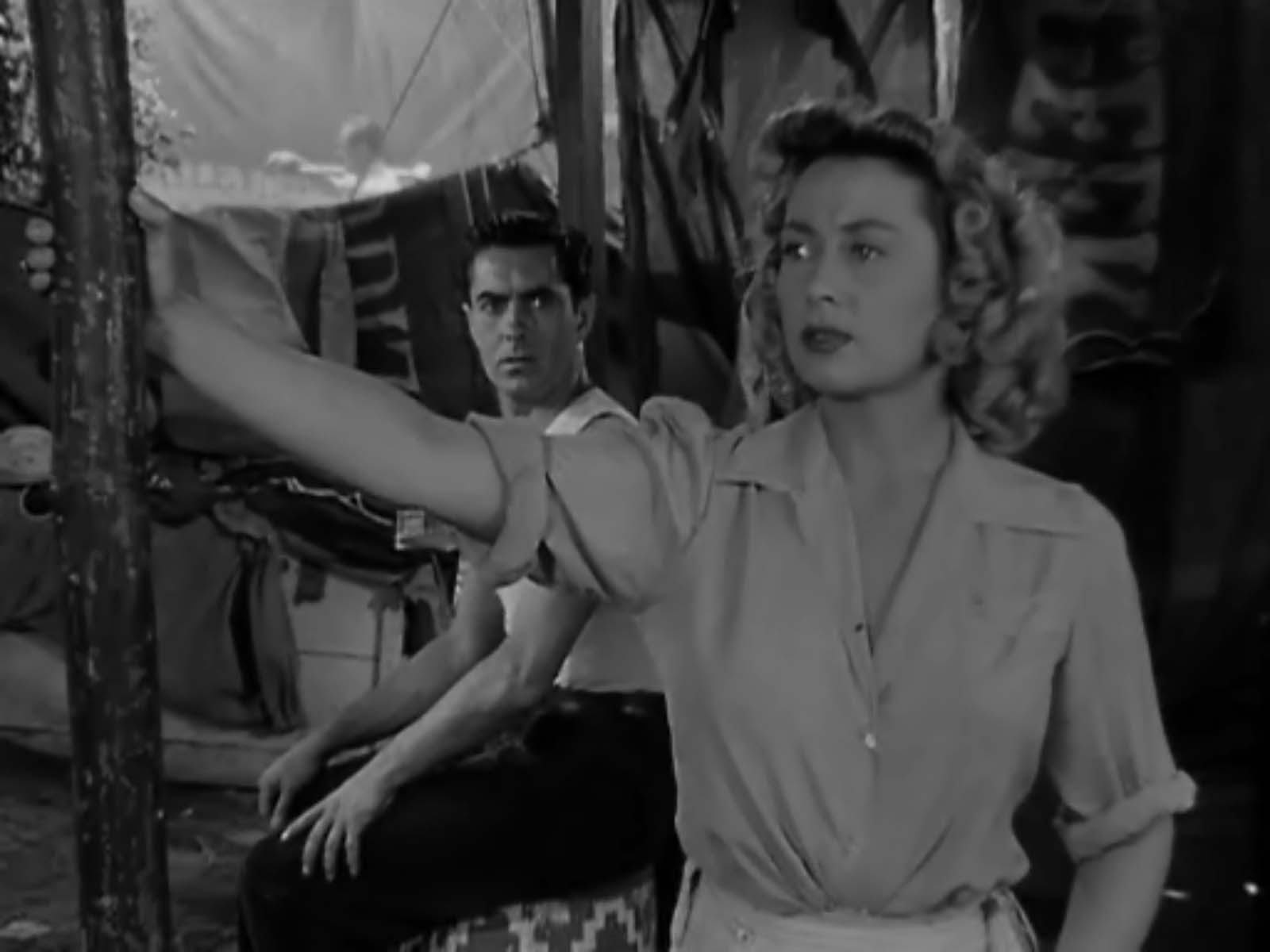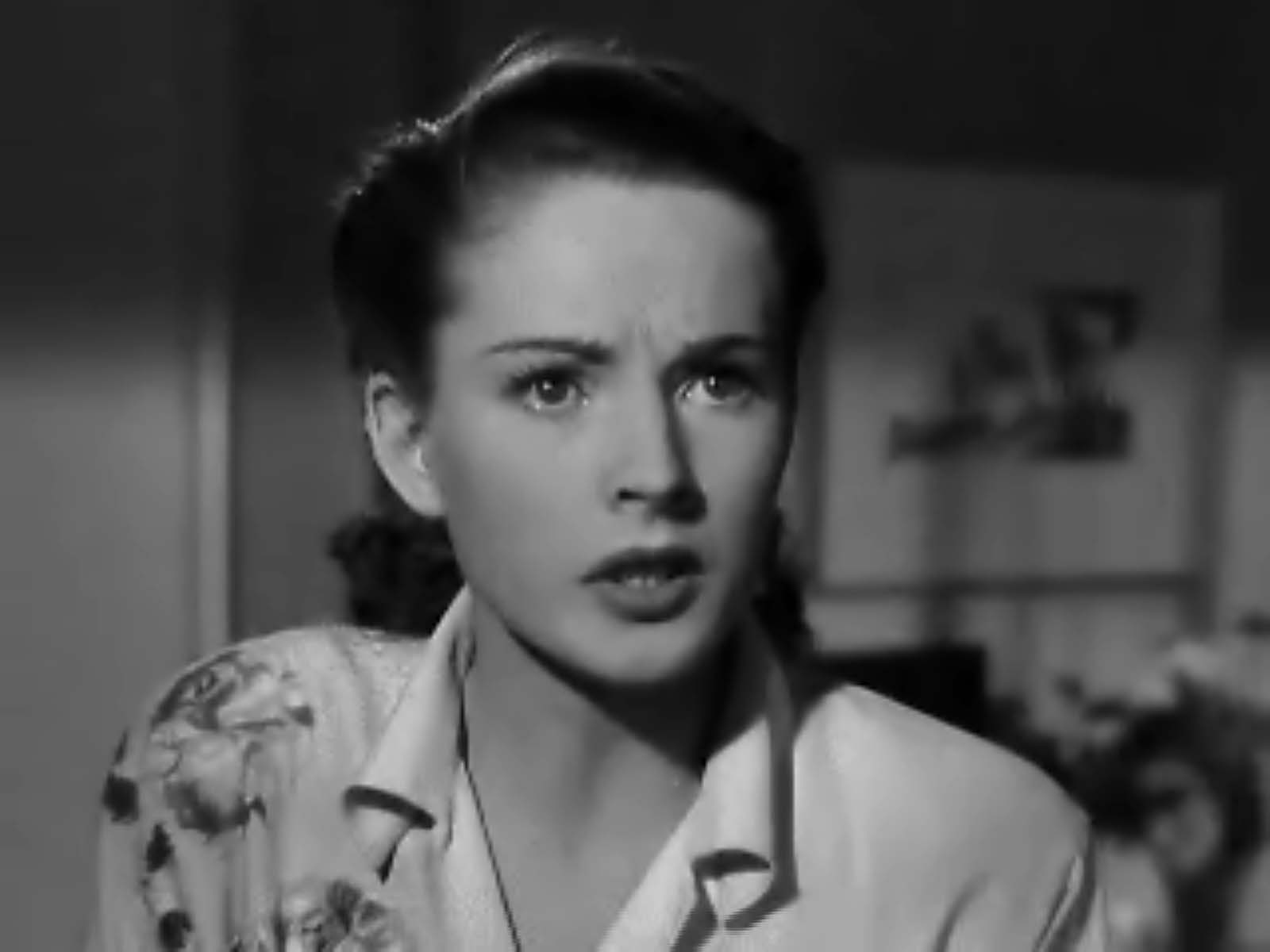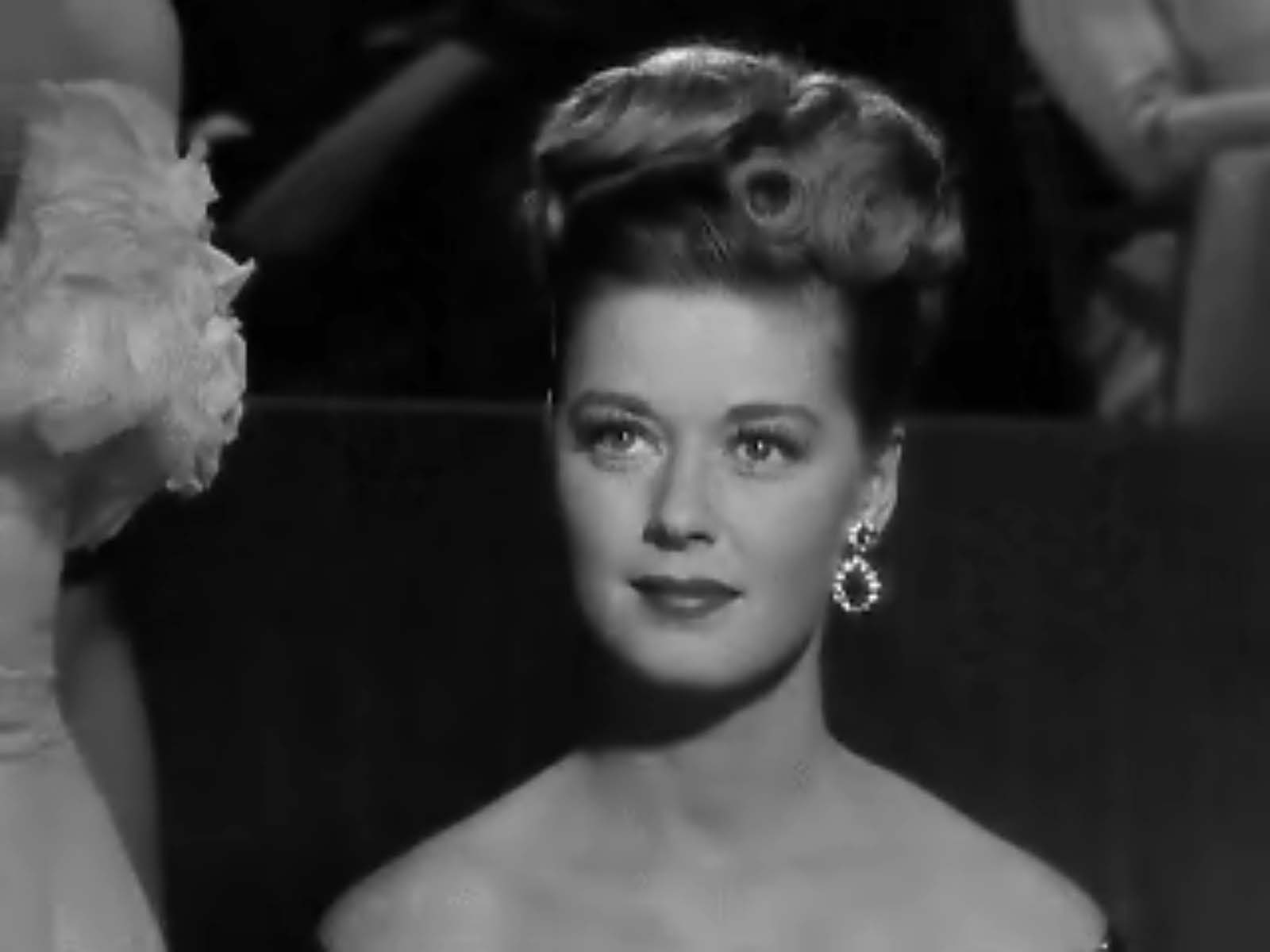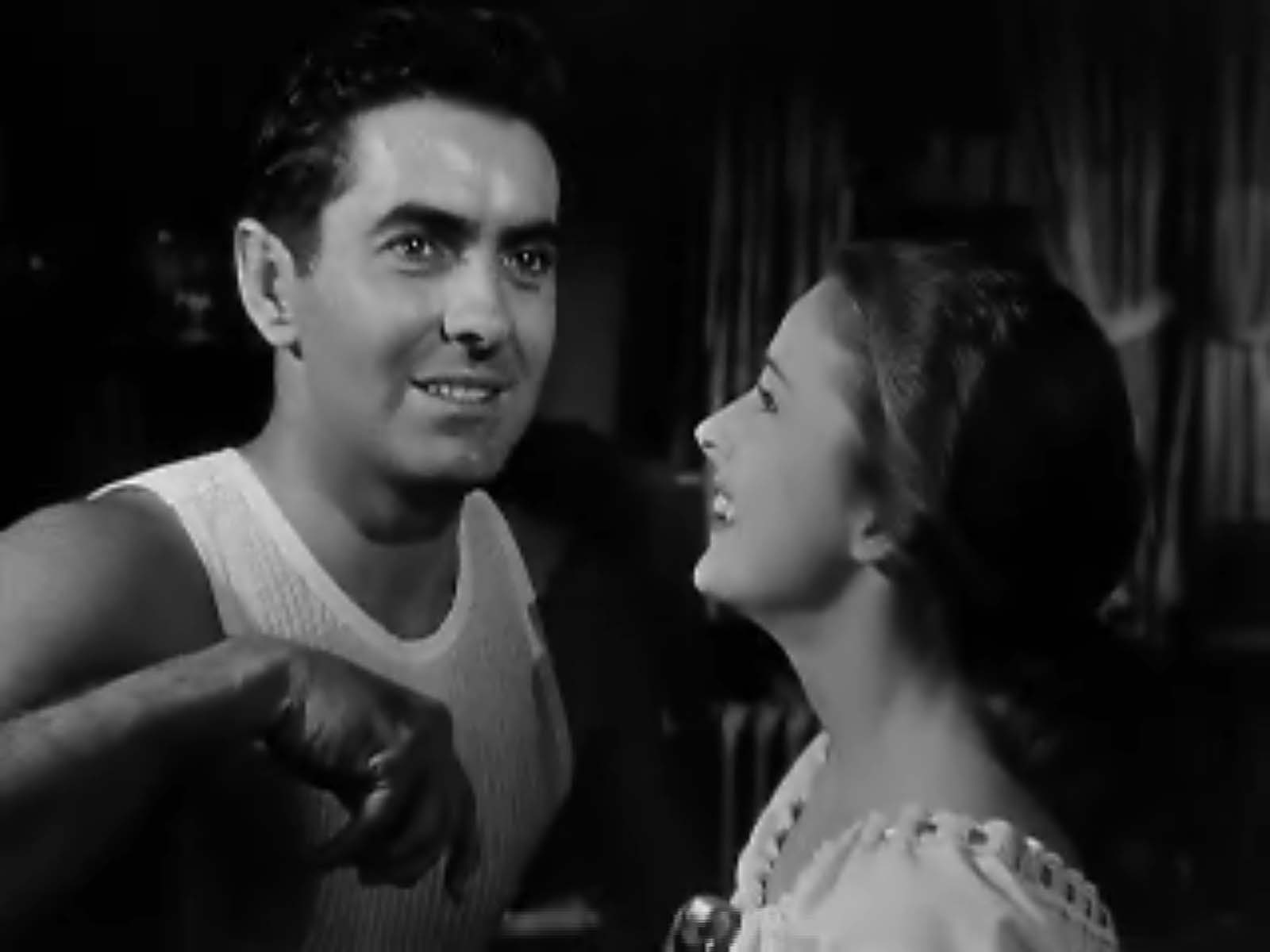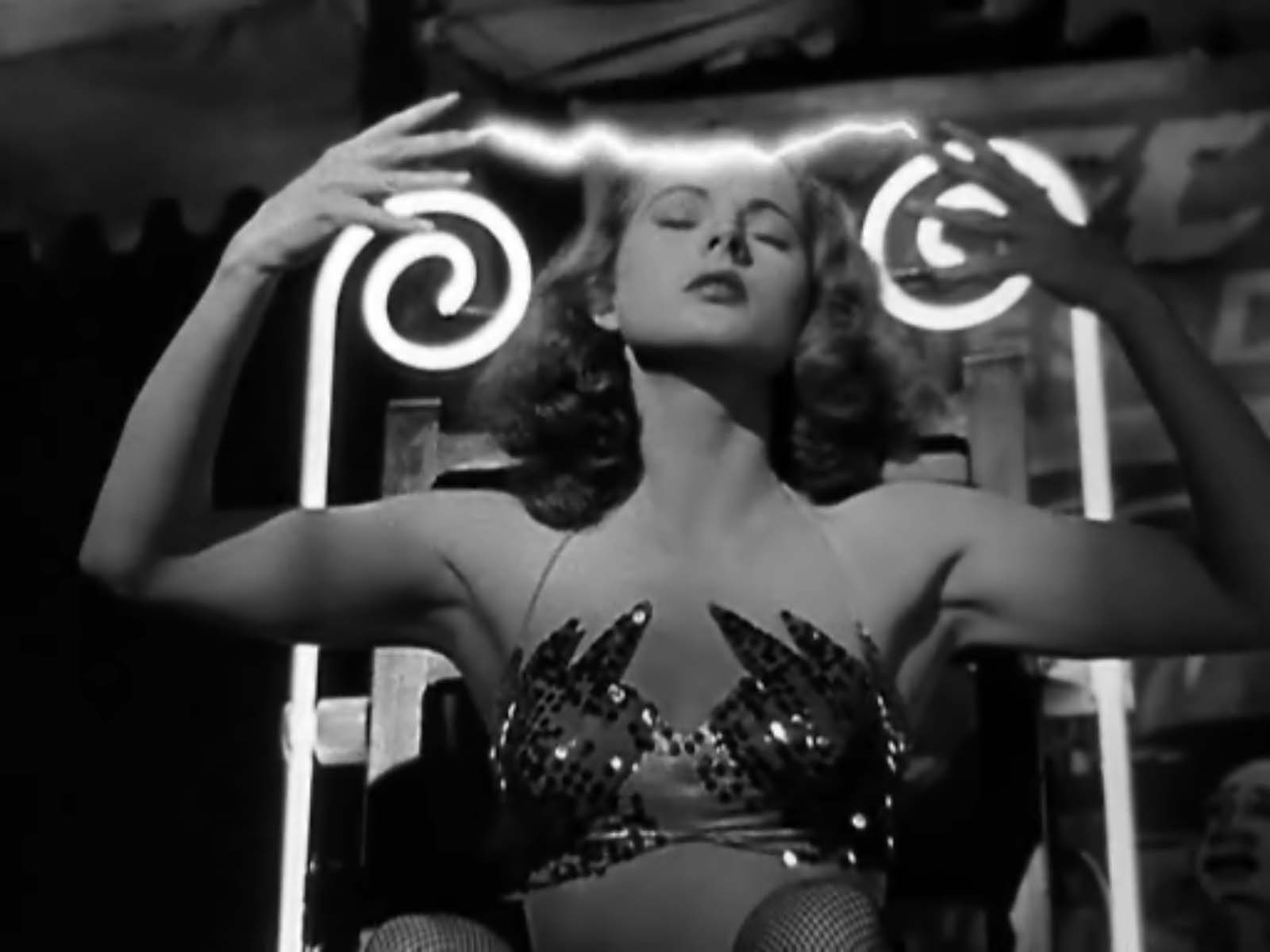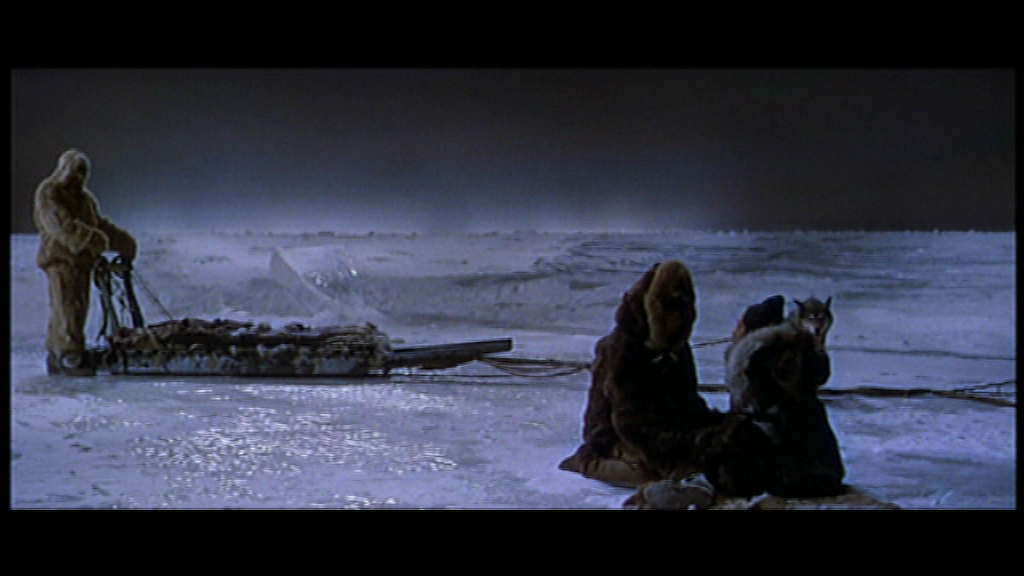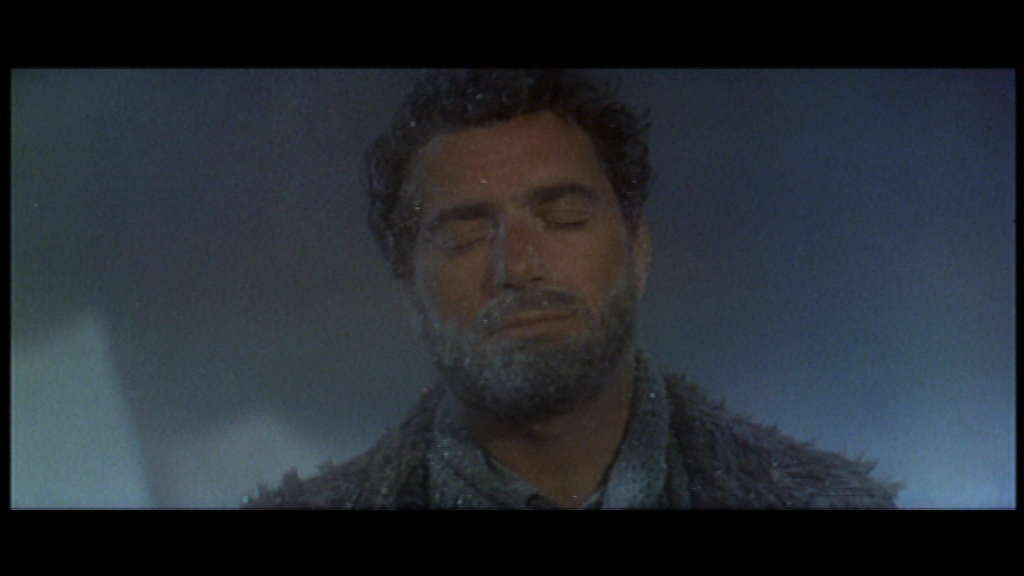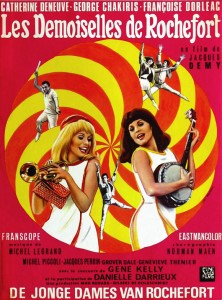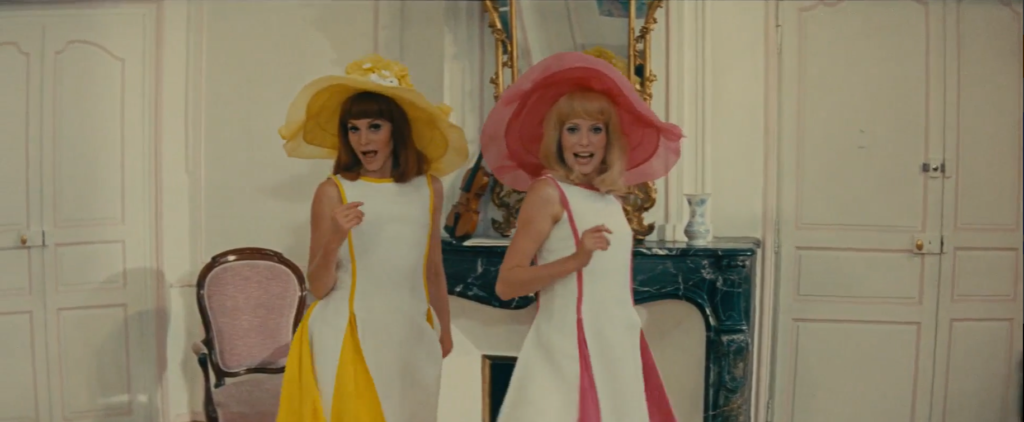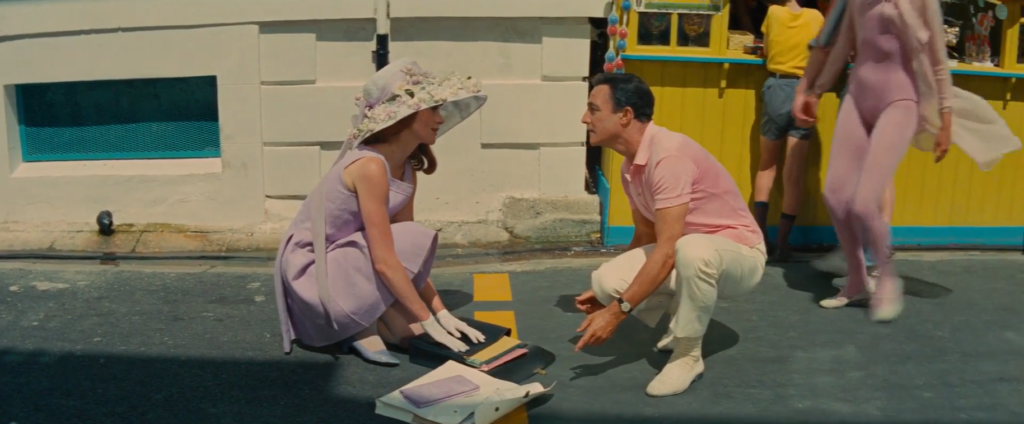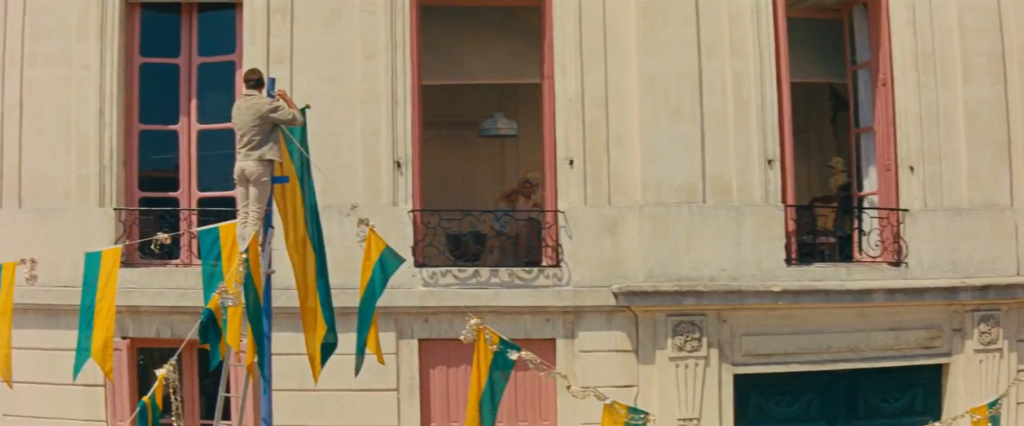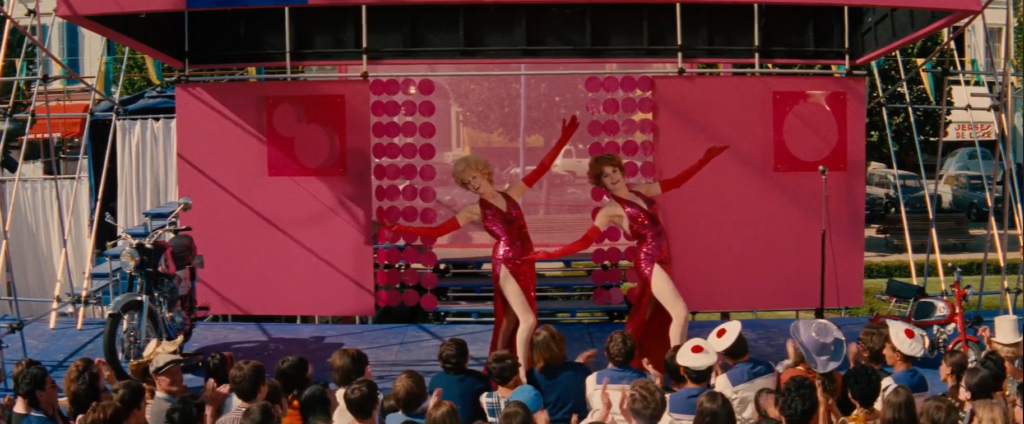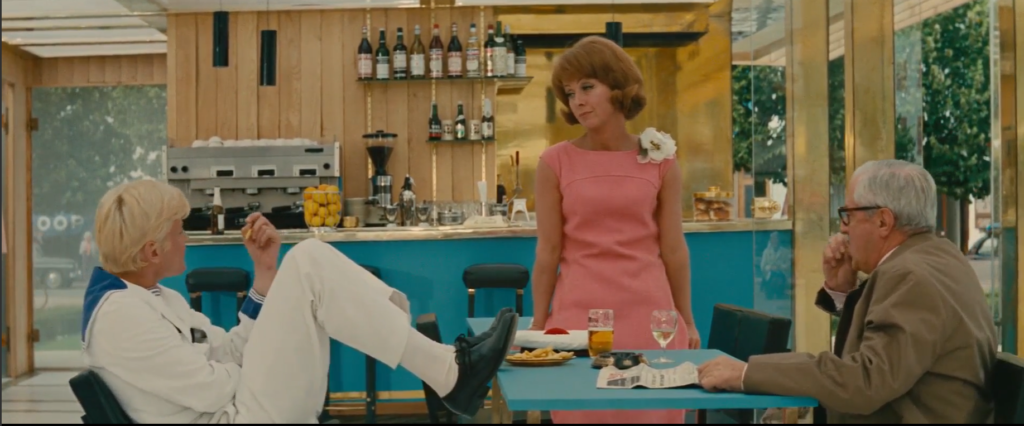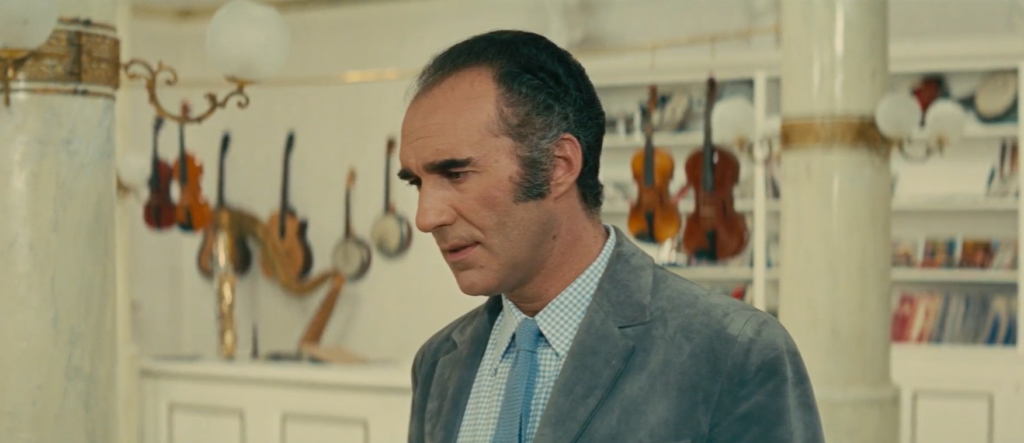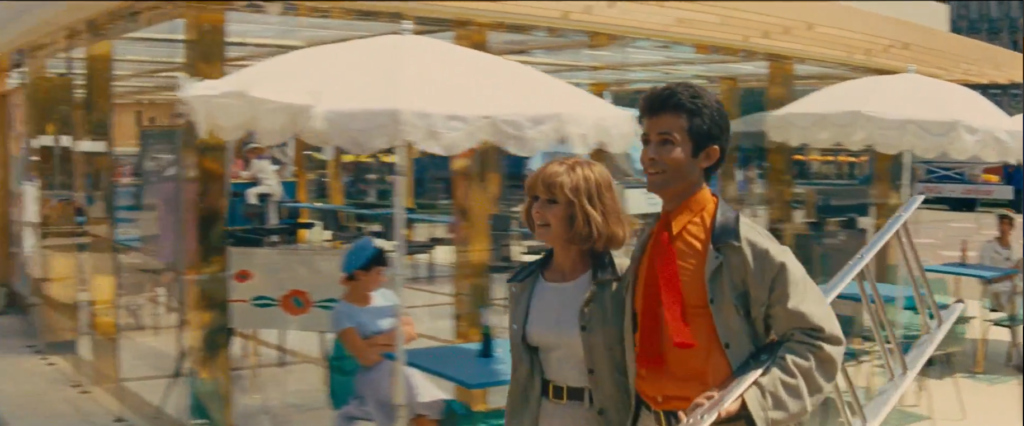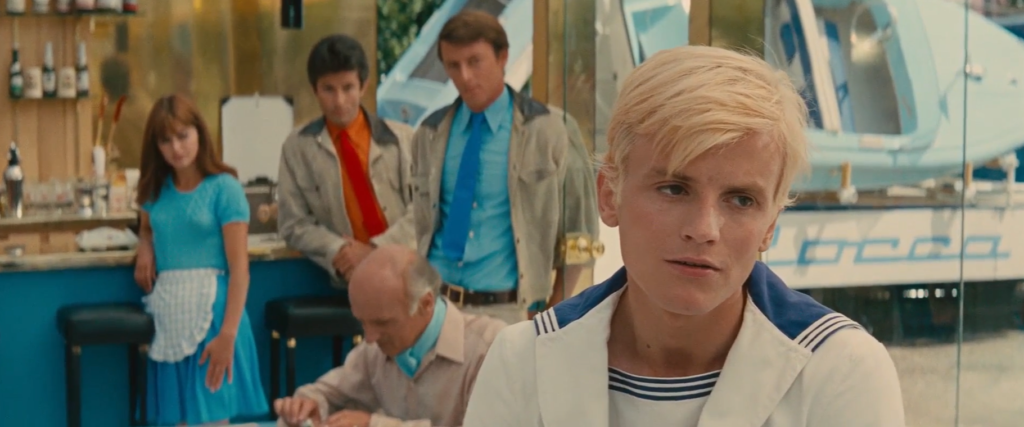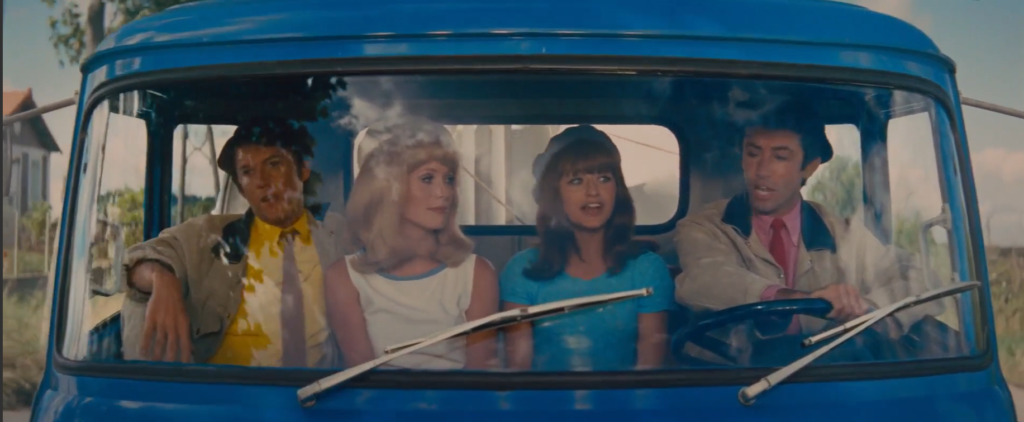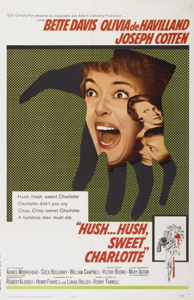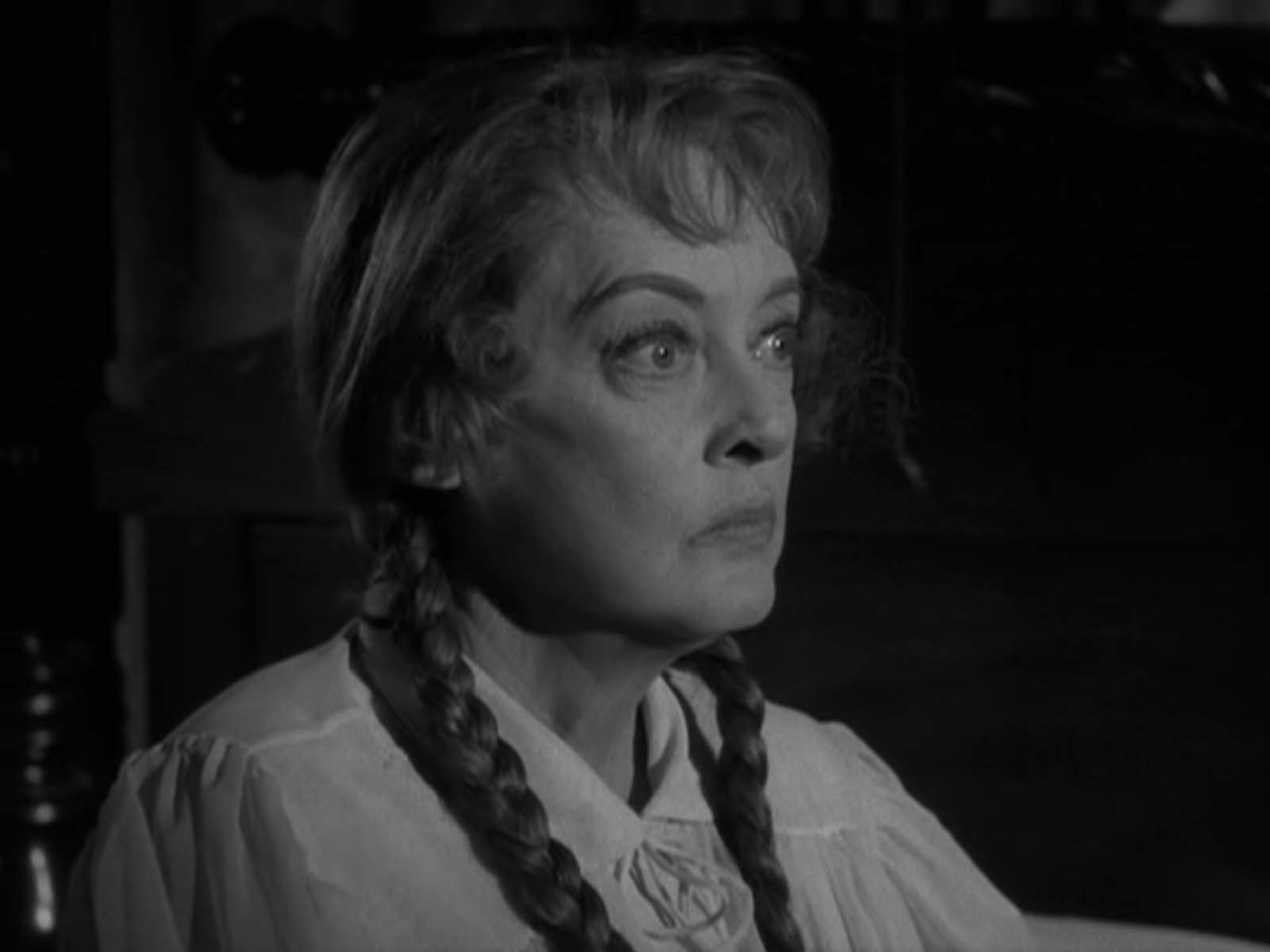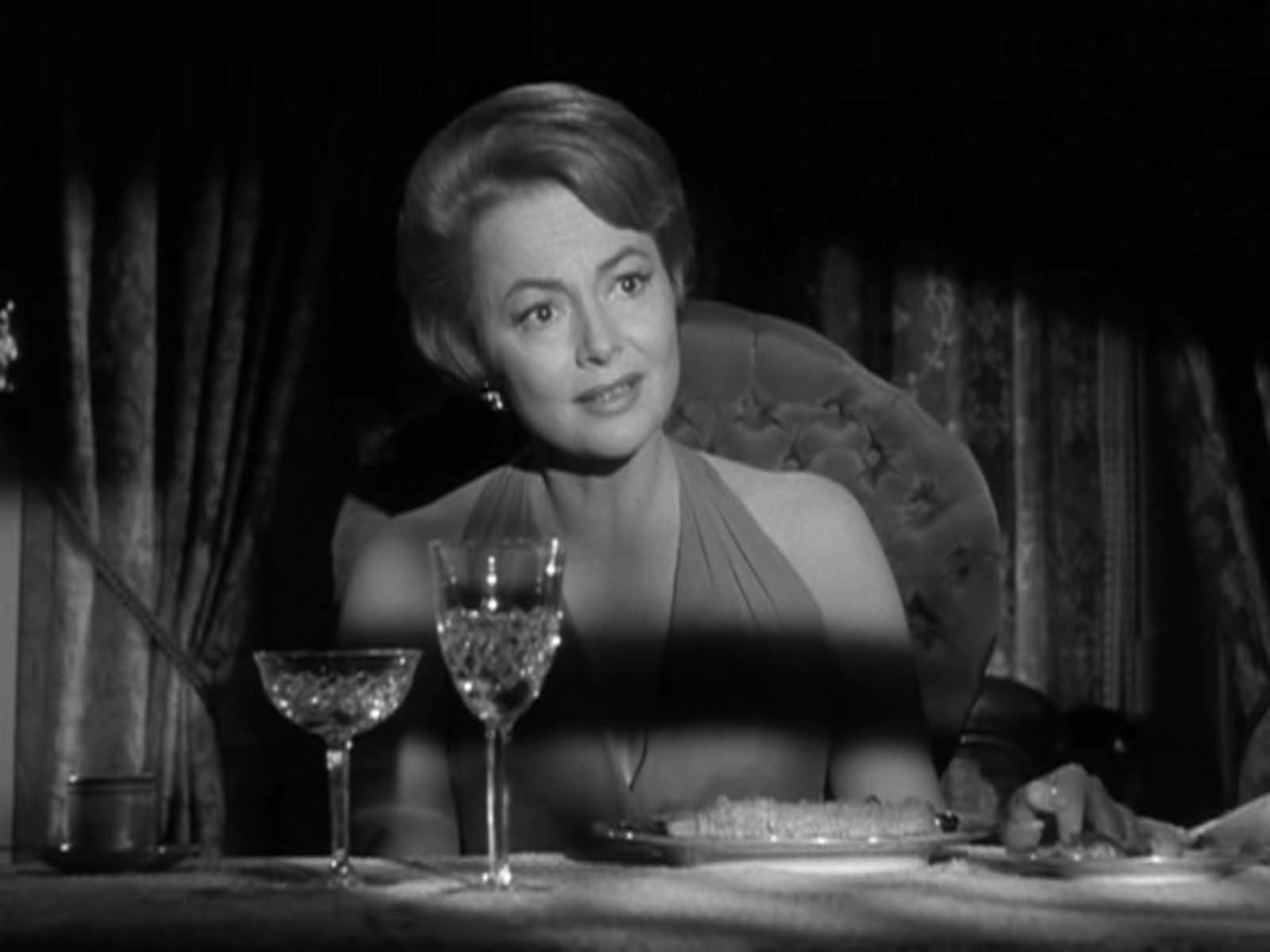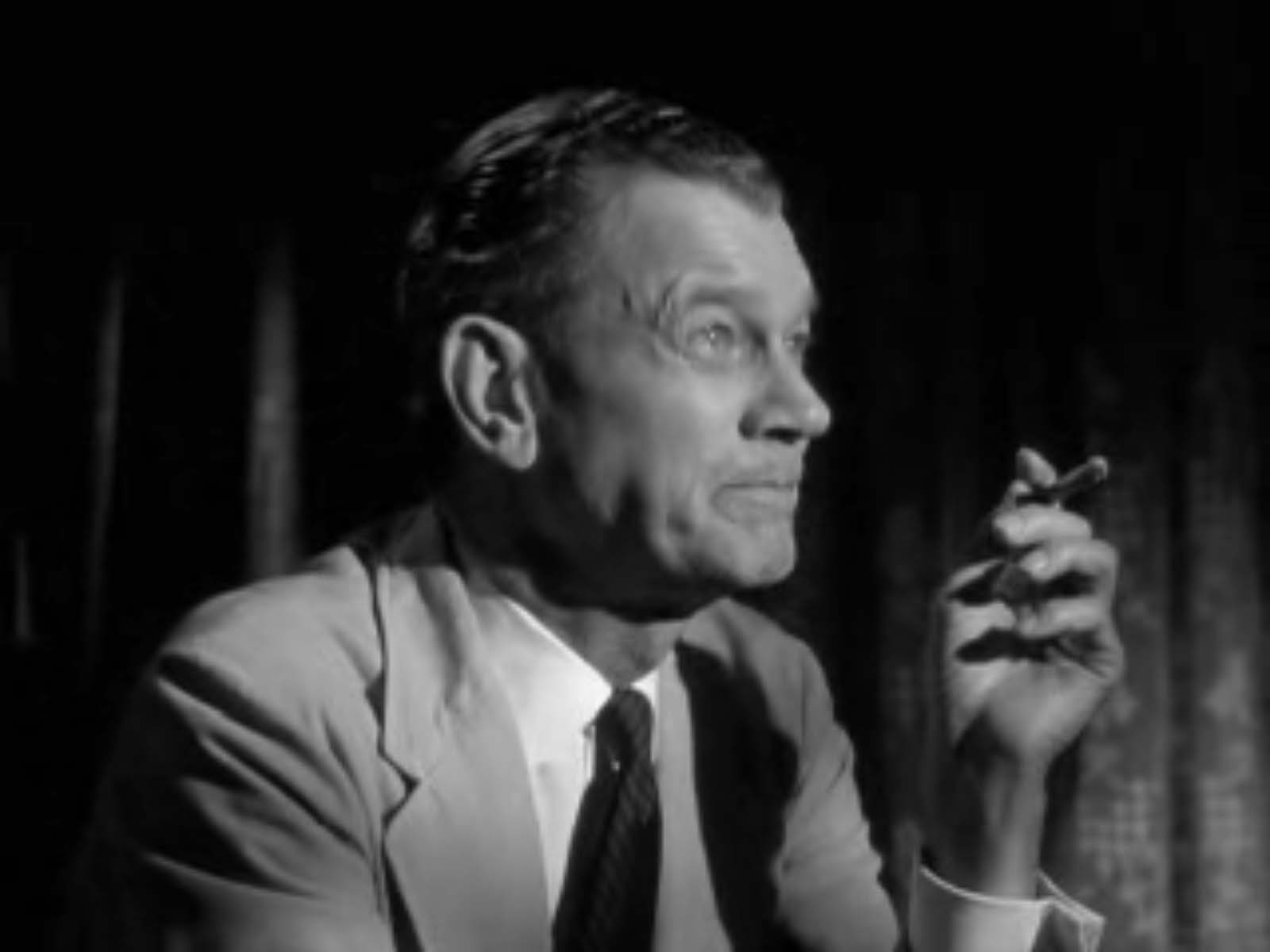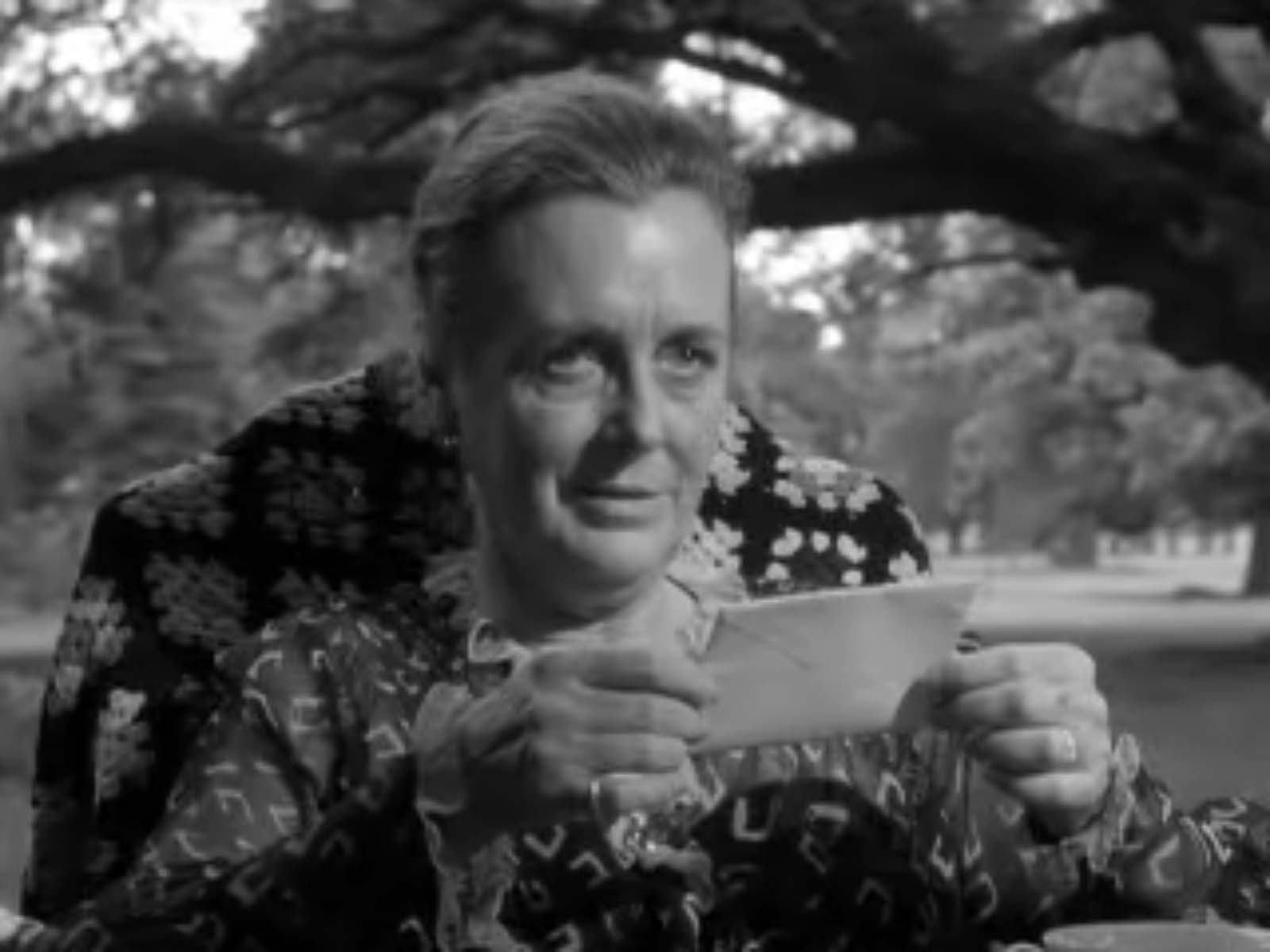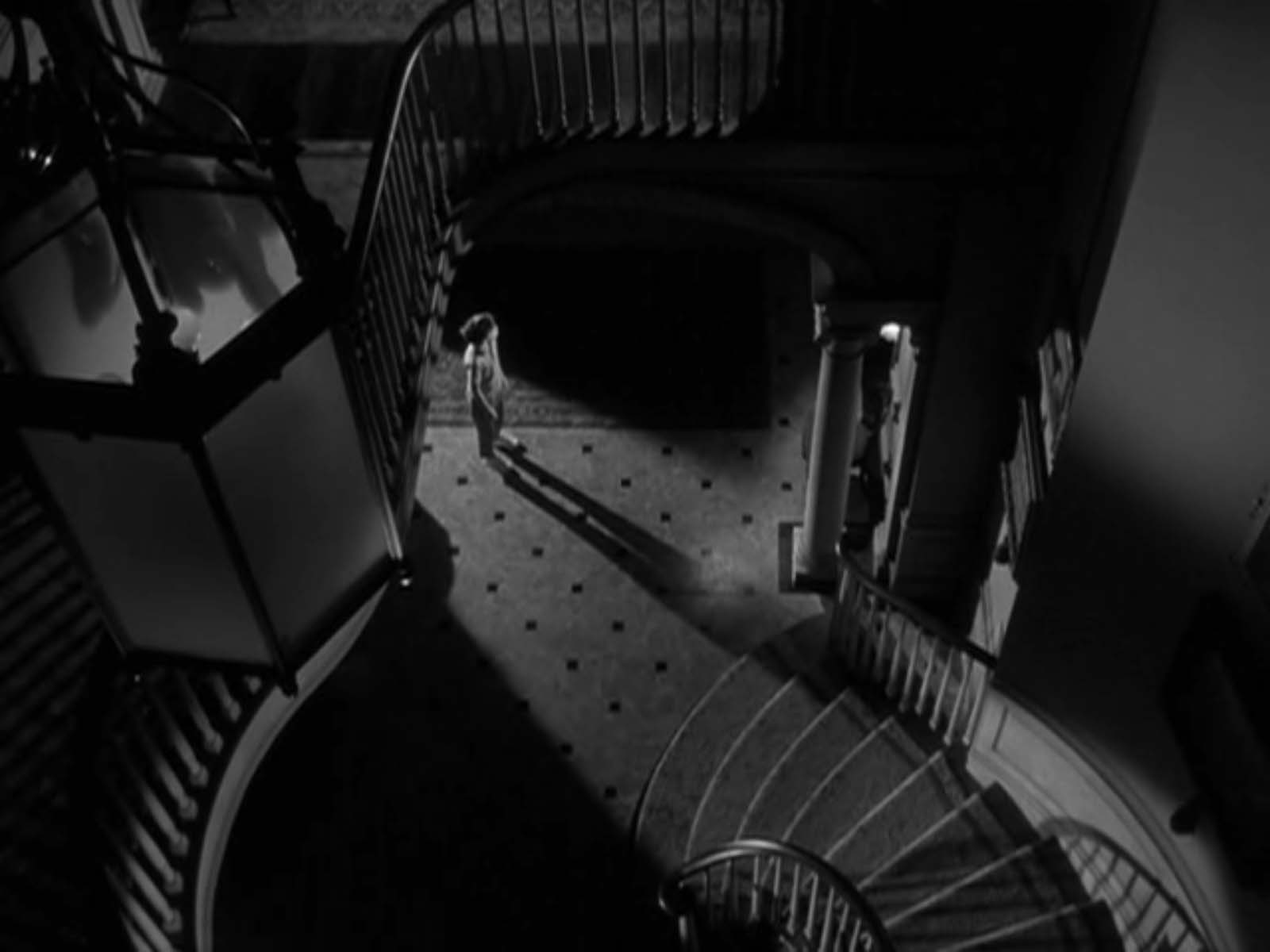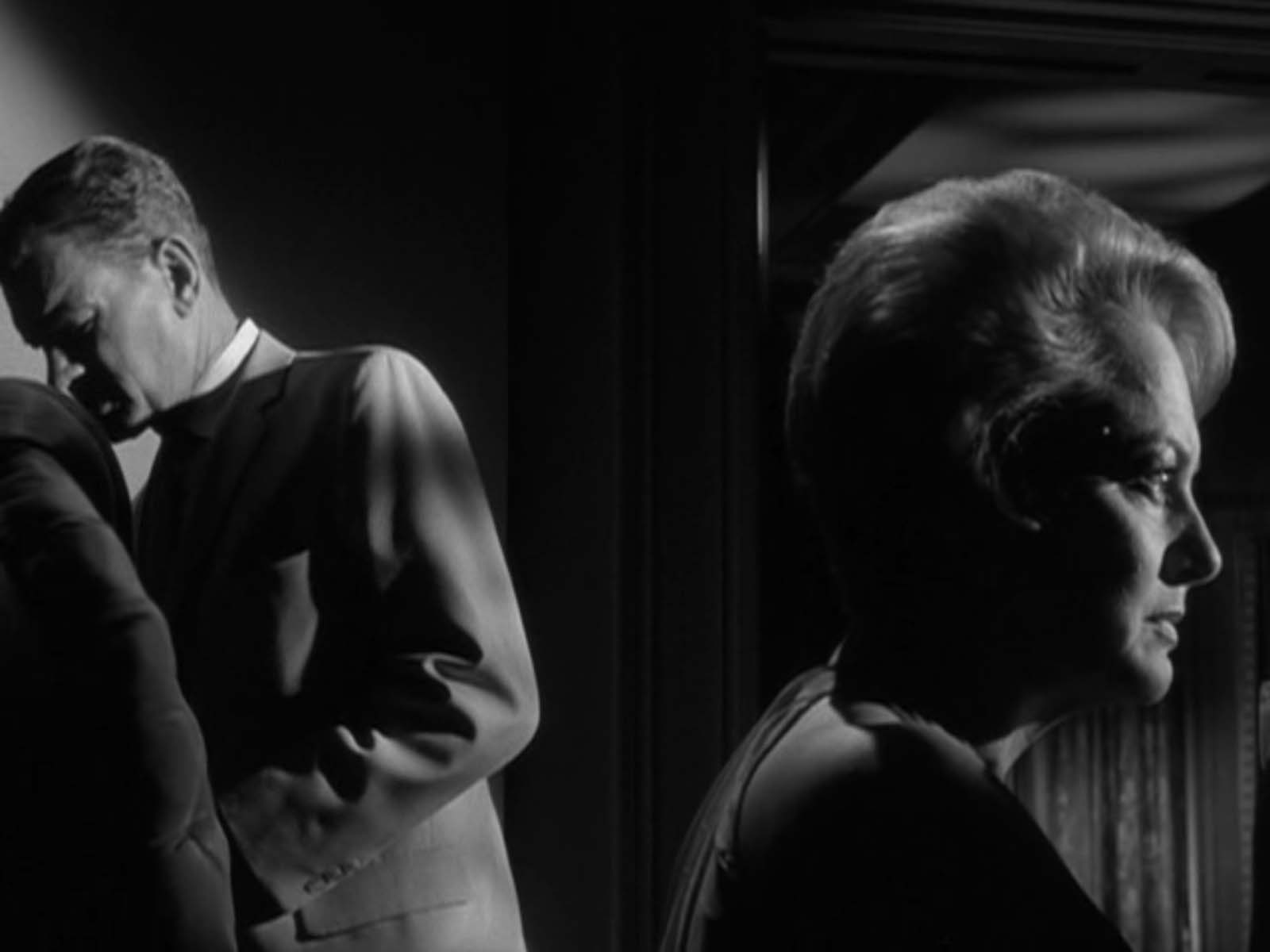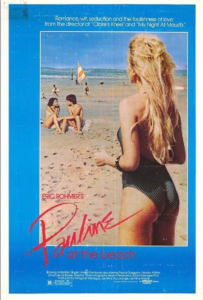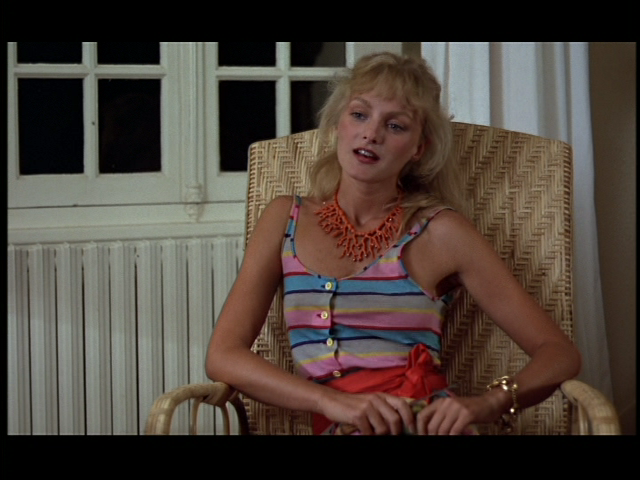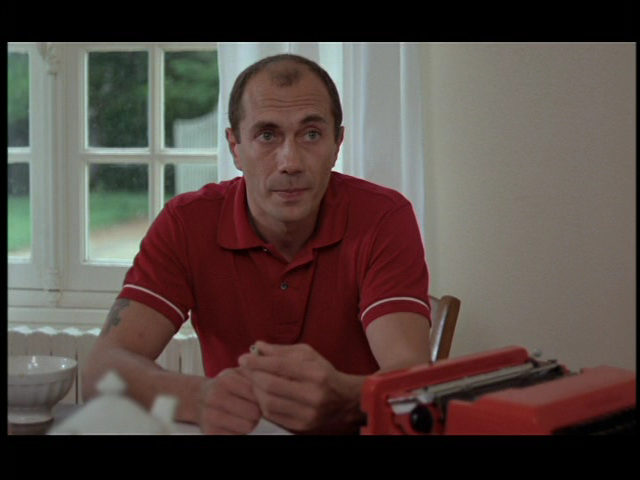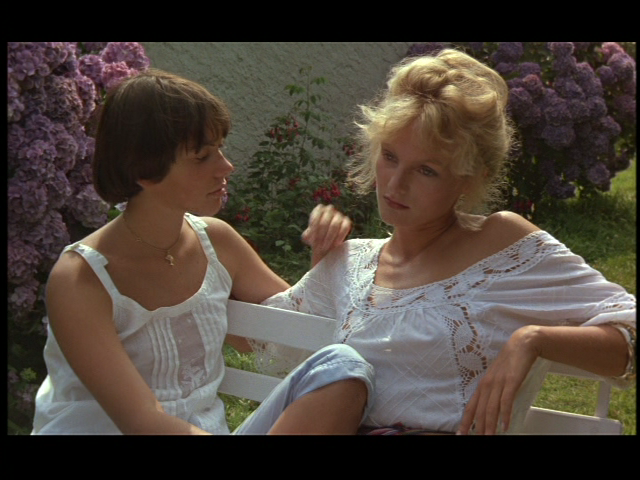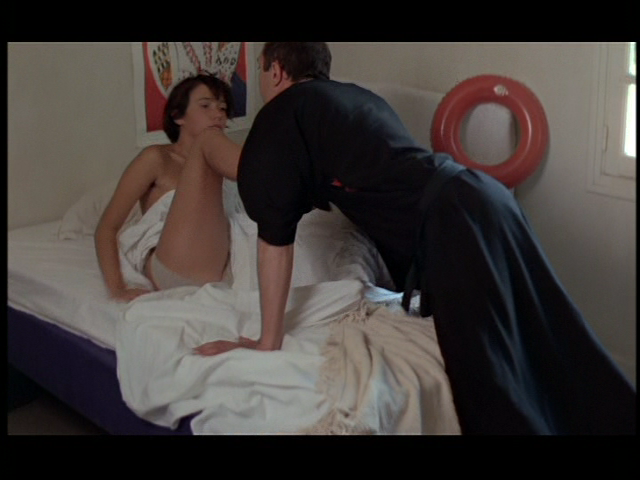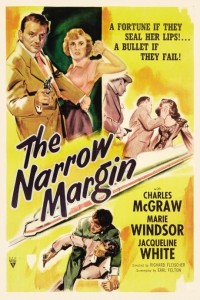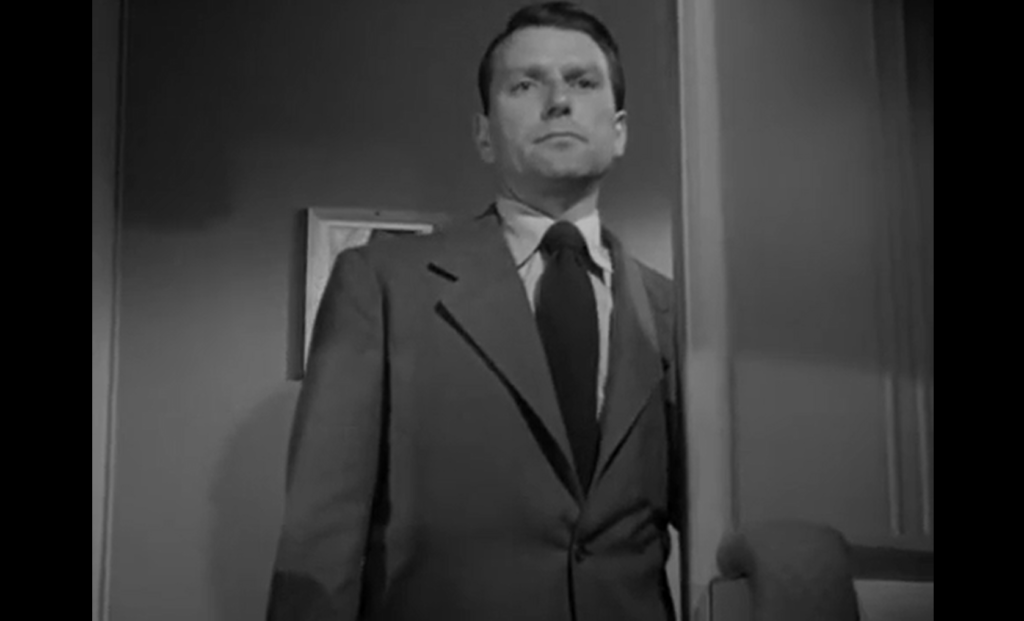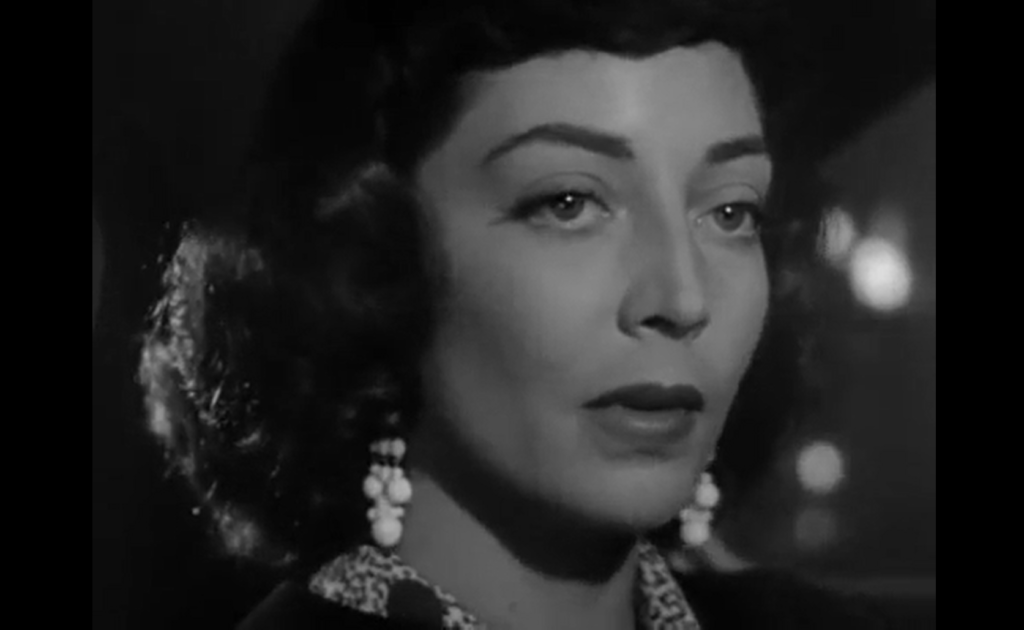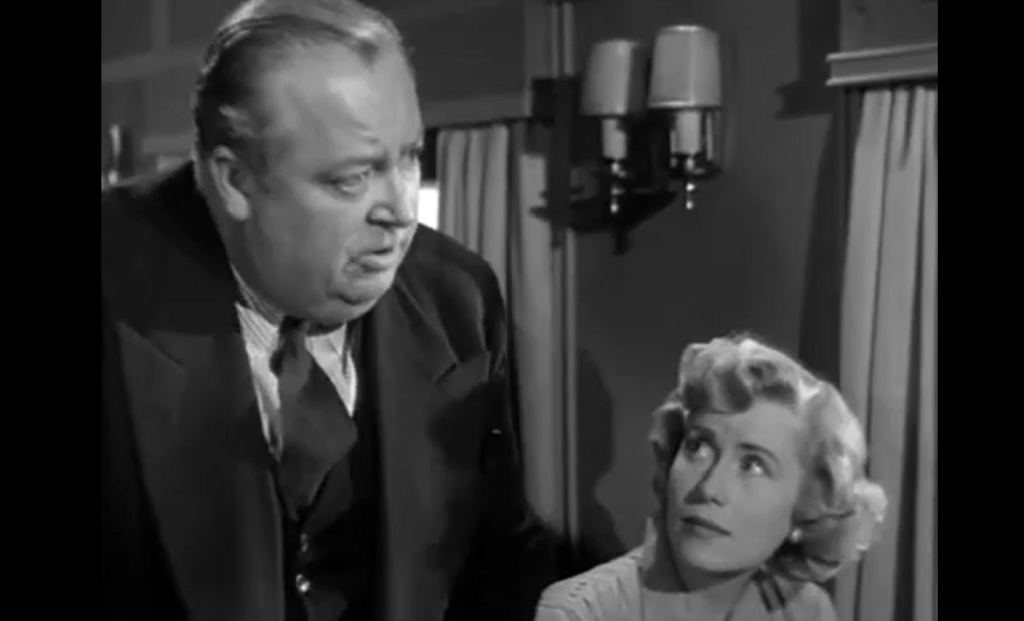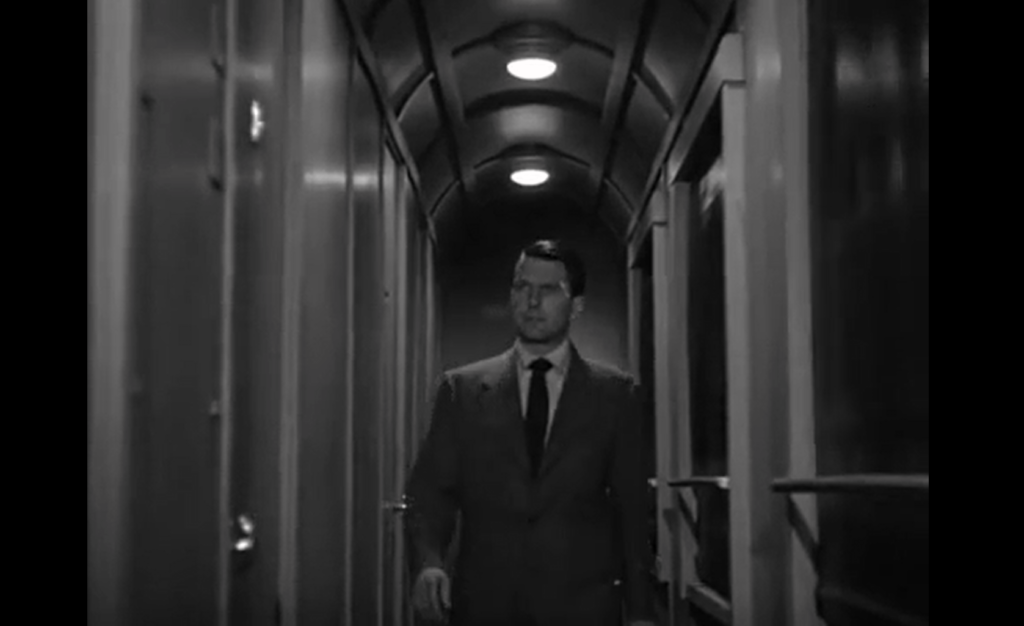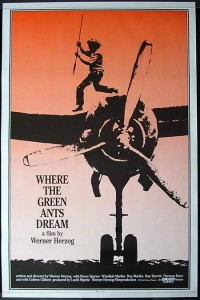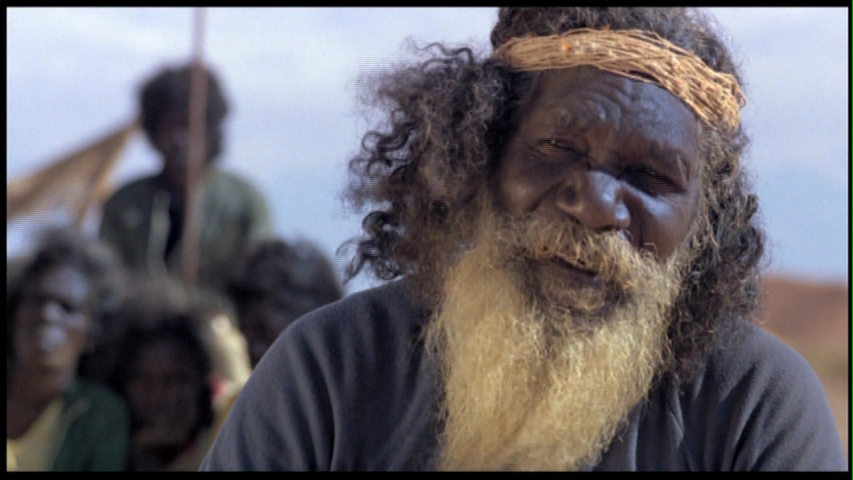|
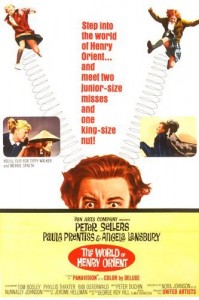
Synopsis:
When a wealthy teen named Val (Merrie Spaeth) develops a mad crush on womanizing pianist Henry Orient (Peter Sellers), she and her new friend Gil (Tippy Walker) pursue him all around New York, repeatedly disrupting his plans to seduce a nervous married woman (Paula Prentiss); their fun is over, however, when Val’s philandering mother (Angela Lansbury) returns to town, and Val and Gil catch her pursuing Orient herself.
|
|
Genres, Themes, Actors, and Directors:
- Angela Lansbury Films
- Coming-of-Age
- Friendship
- George Roy Hill Films
- Infidelity
- Musicians
- New York City
- Obsessive Love
- Oscar Levant Films
- Paula Prentiss Films
- Peter Sellers Films
- Womanizers
Review:
This unique coming-of-age tale — based on a semi-autobiographical novel by Nora Johnson — is a true delight from start to finish. Featuring sparkling performances by its two unknown leads (Merrie Spaeth and Tippy Walker) and a marvelously droll turn by Peter Sellers (whose character was apparently modeled after Oscar Levant), The World of Henry Orient perfectly captures the hyper compulsion of teenage female friendship. Val and Gil’s rapport together is inspired: each time they turn to give each other a meaningful gaze, one wants to erupt in laughter (particularly given Val’s awkwardly orthodontized mouth — it’s easy to see why Orient views this adolescent cyborg as monstrous!). And they’re so deliciously smart (Val in particular) that it’s a true joy to listen to them as they discuss their dreams and passions.
Other than its marvelous performances, the magic of Henry Orient lies in director George Roy Hill’s skill at merging humor with genuine compassion for teenage angst. Given how little control children have over the direction of their lives (Val, truly a “poor little rich girl”, is shipped from one place to the next, never experiencing a “real home”), it’s no wonder they develop the type of complex, baroque fantasies presented here — which, significantly, Val and Gil recognize as merely make-believe, but most of the adults around them imbue with cynical fear. Ironically, Val’s rich-bitch of a mother (Lansbury is perfectly cast) takes the girls’ crush on Orient and turns it into a devastatingly real situation — one which acts as the film’s final catalyst before its bittersweet ending.
P.S. The wonderful supporting performances in Henry Orient deserve mention, with Paula Prentiss earning special kudos for her comedic role as nervous Mrs. Dunnworthy, Tom Bosley providing indelible proof of why he was cast as “Mr. C.” in Happy Days, and Phyllis Thaxter emerging as one of cinema’s ultimate “cool” moms.
P.P.S. See this fun website — NotStarring.com — for a list of actors who were considered for the lead roles (including Hayley Mills, Patty Duke, Dick van Dyke, and Tony Randall).
Redeeming Qualities and Moments:
- Peter Sellers as arrogant Henry Orient
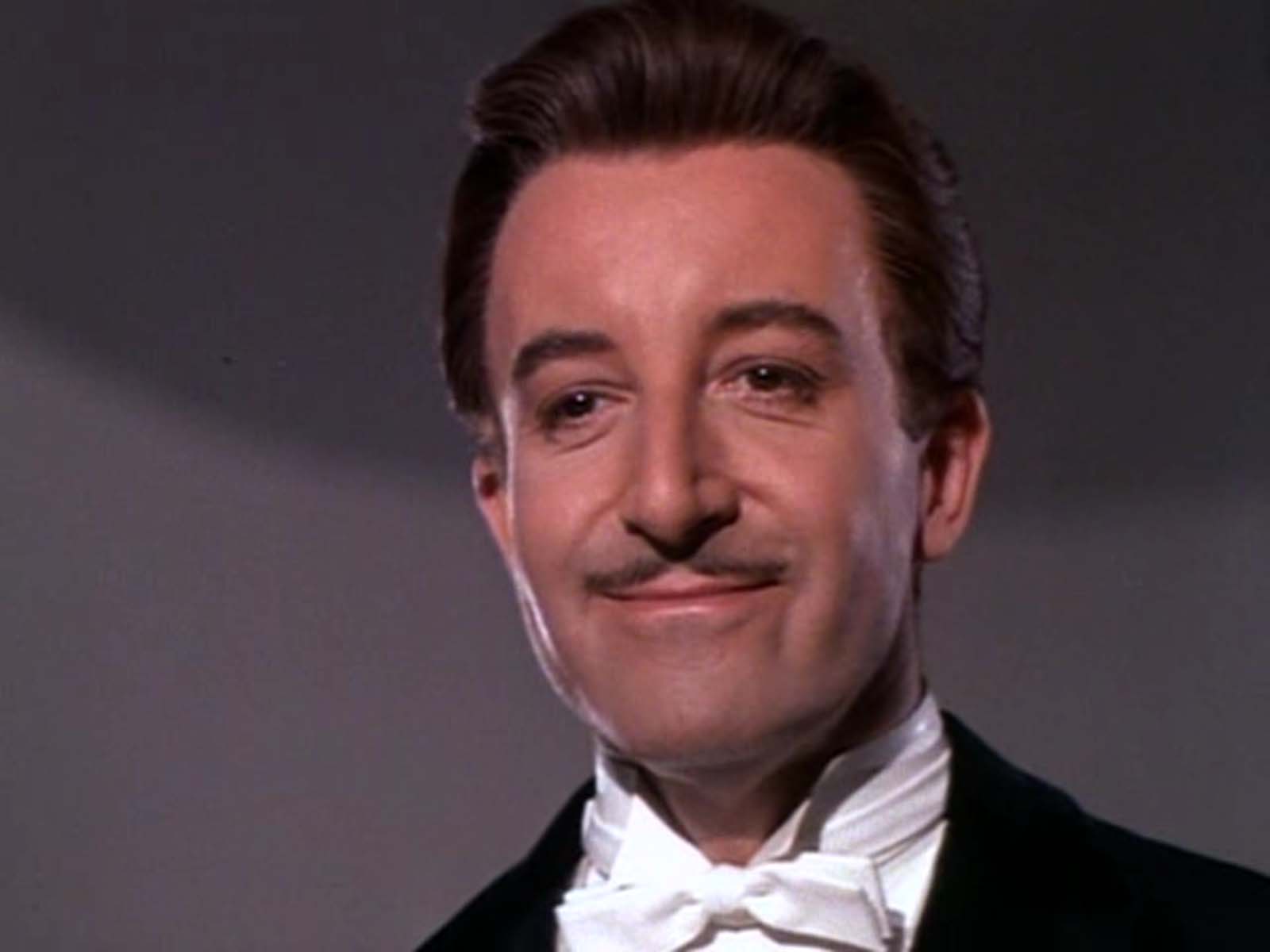
- Merrie Spaeth as Val
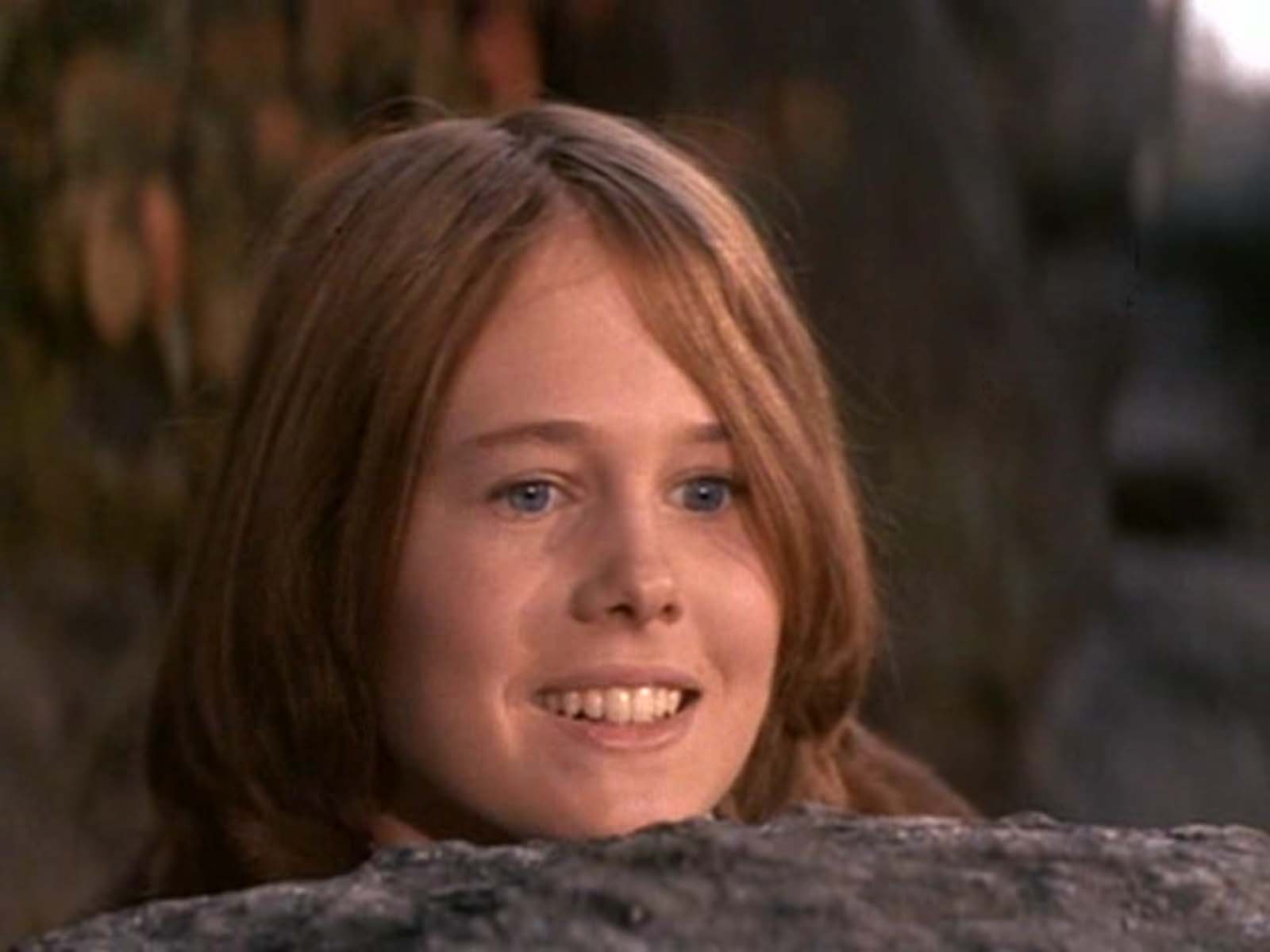
- Tippy Walker as Gil
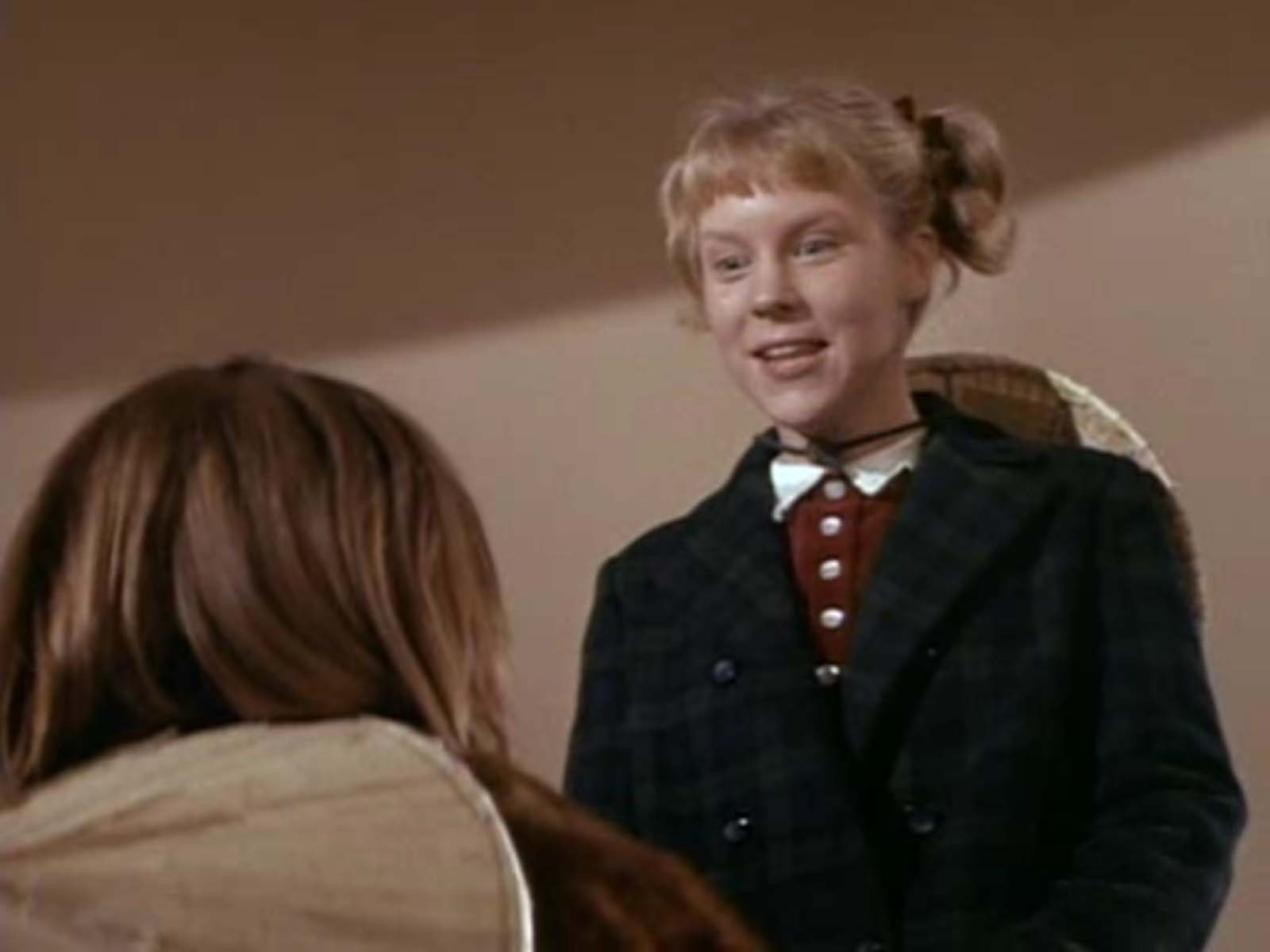
- Paula Prentiss as the perennially nervous Stella Dunnworthy
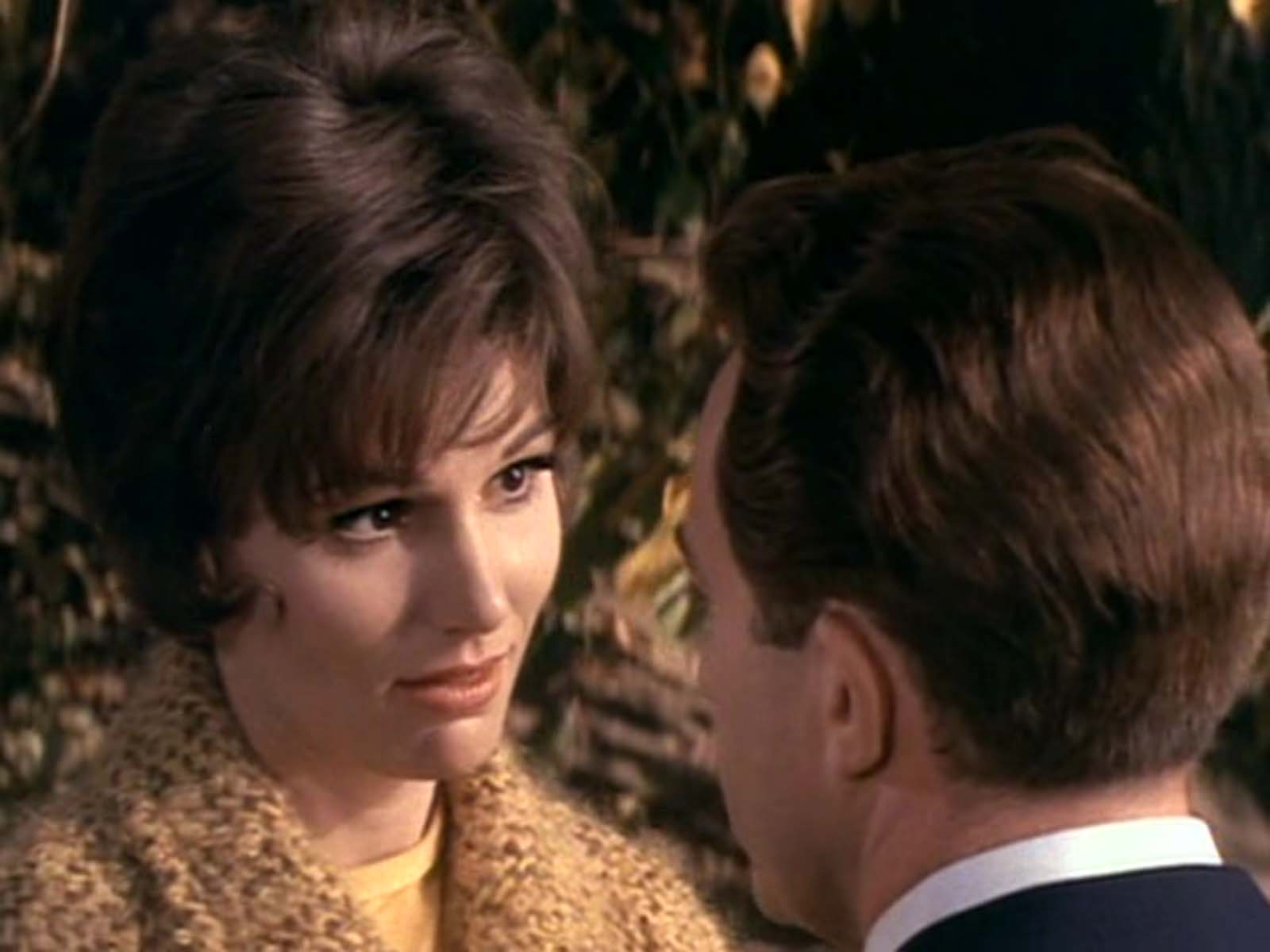
- Angela Lansbury as Val’s bitchy, promiscuous mother
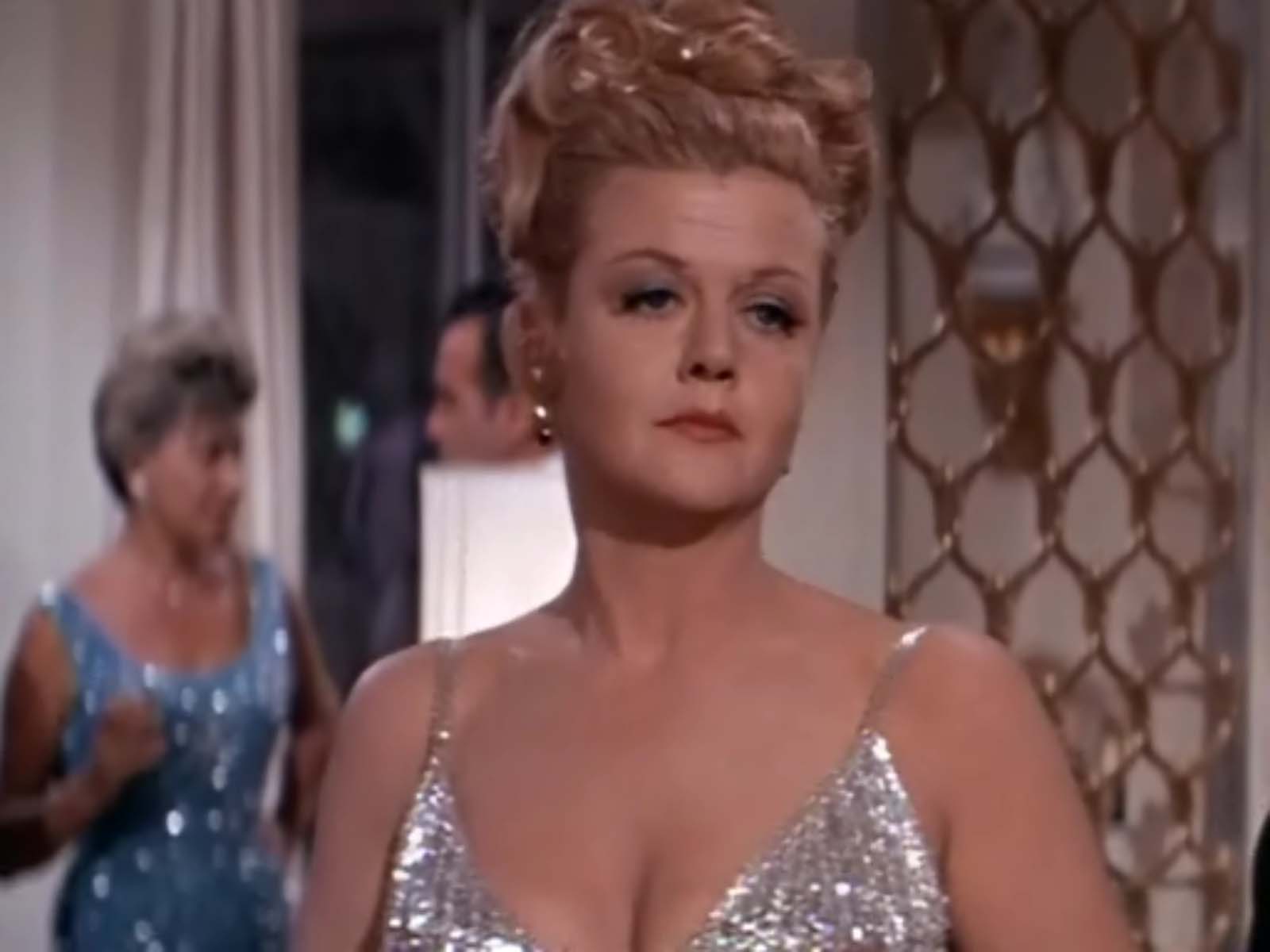
- Tom Bosley as Val’s understanding dad
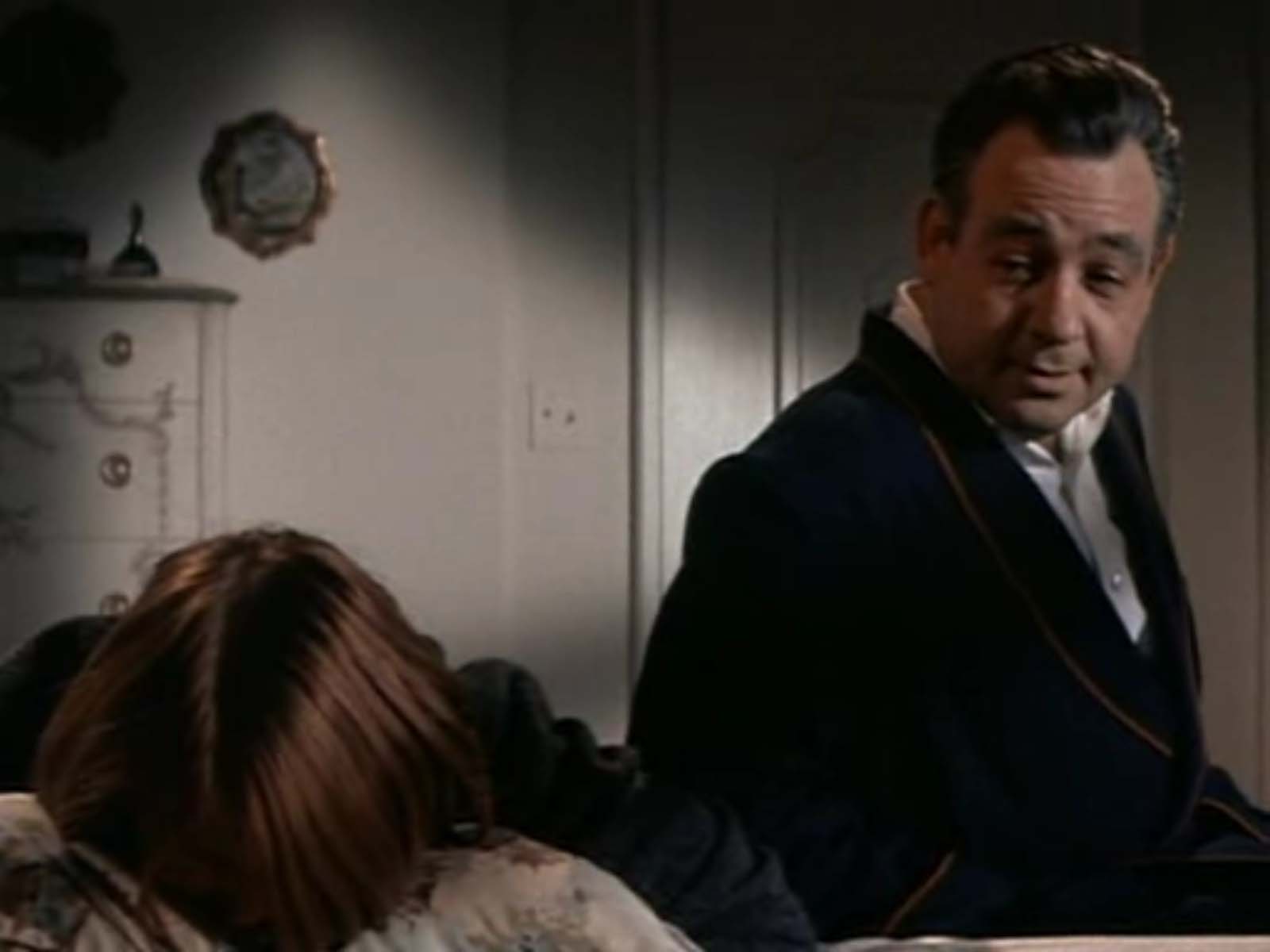
- Phyllis Thaxter as Gil’s kind mom
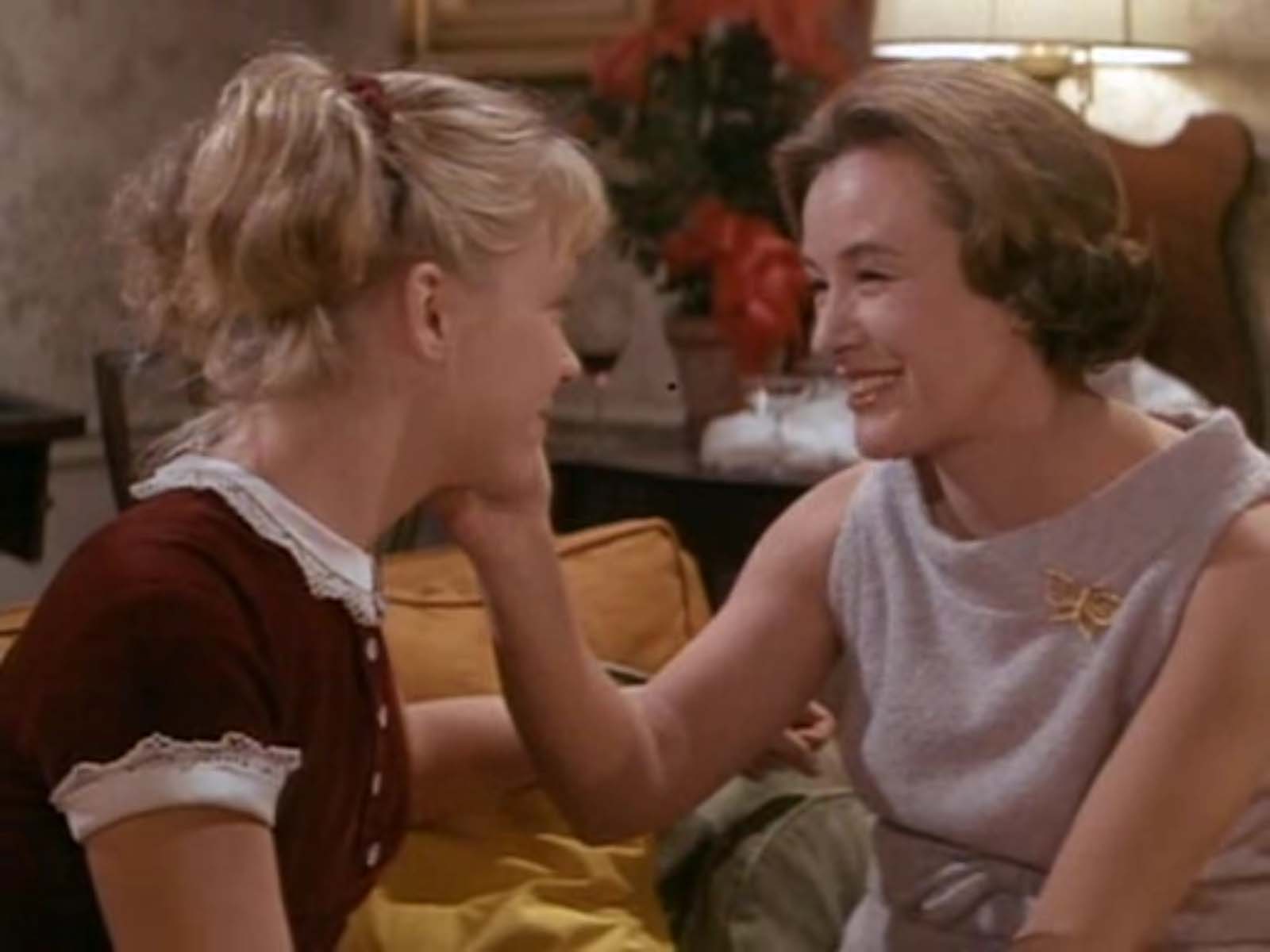
- Jane Buchanan in a tiny but unforgettable role as the girl on the bus who knowingly informs Gil that Val is seeing a psychiatrist
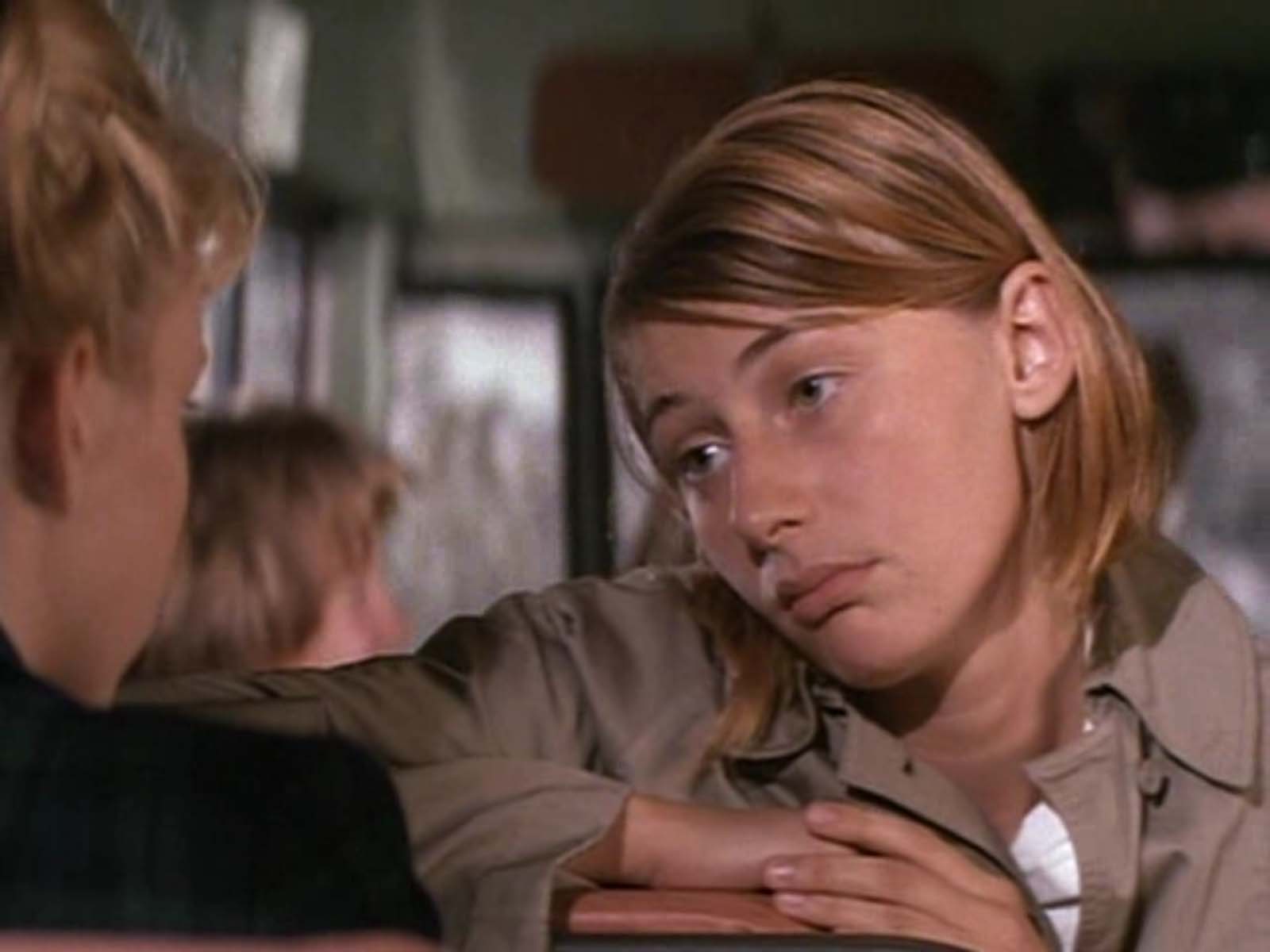
- A wonderfully authentic portrait of teenage female friendship
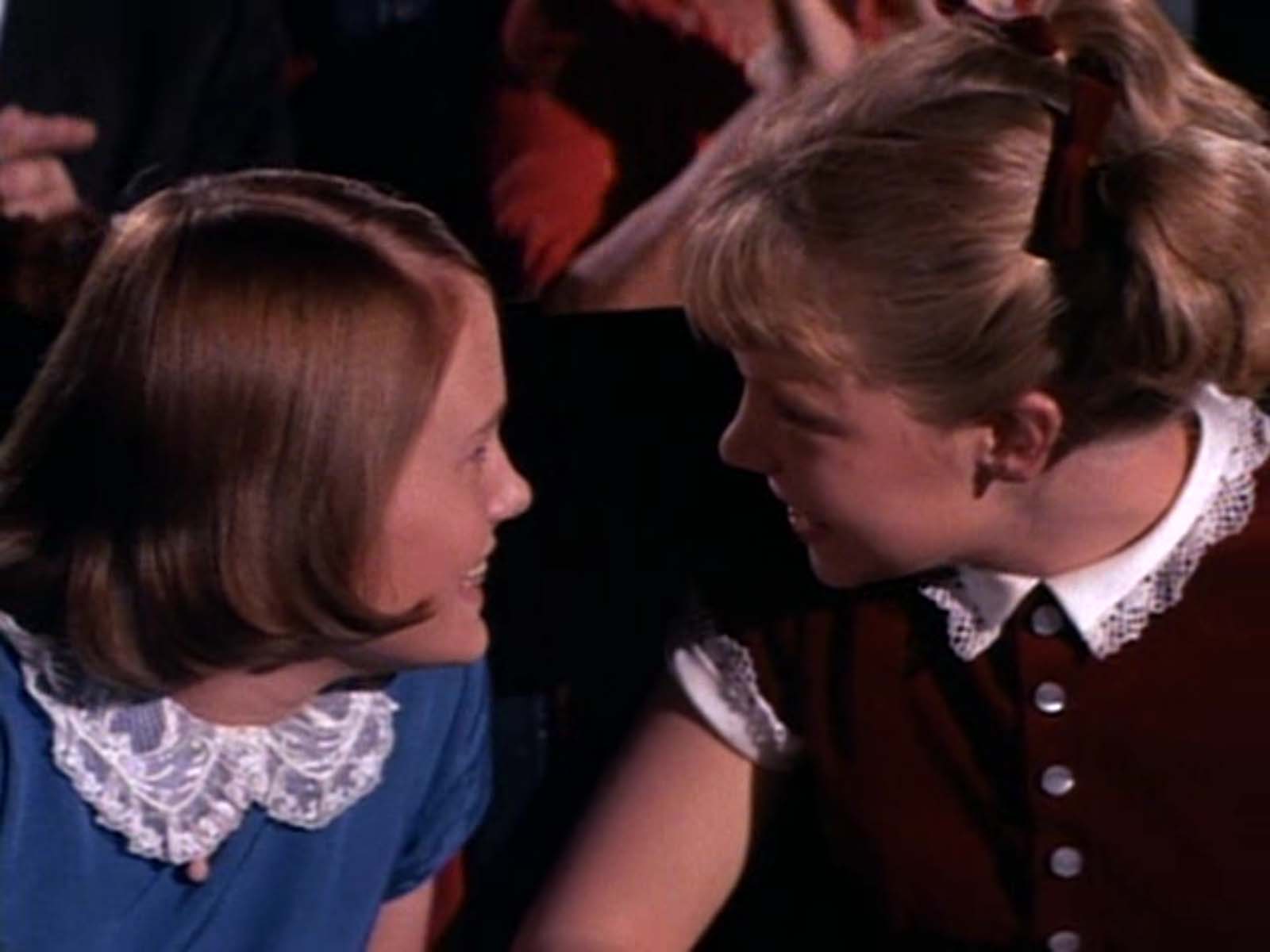
- Henry Orient performing an atonal piano concerto while audience members cringe
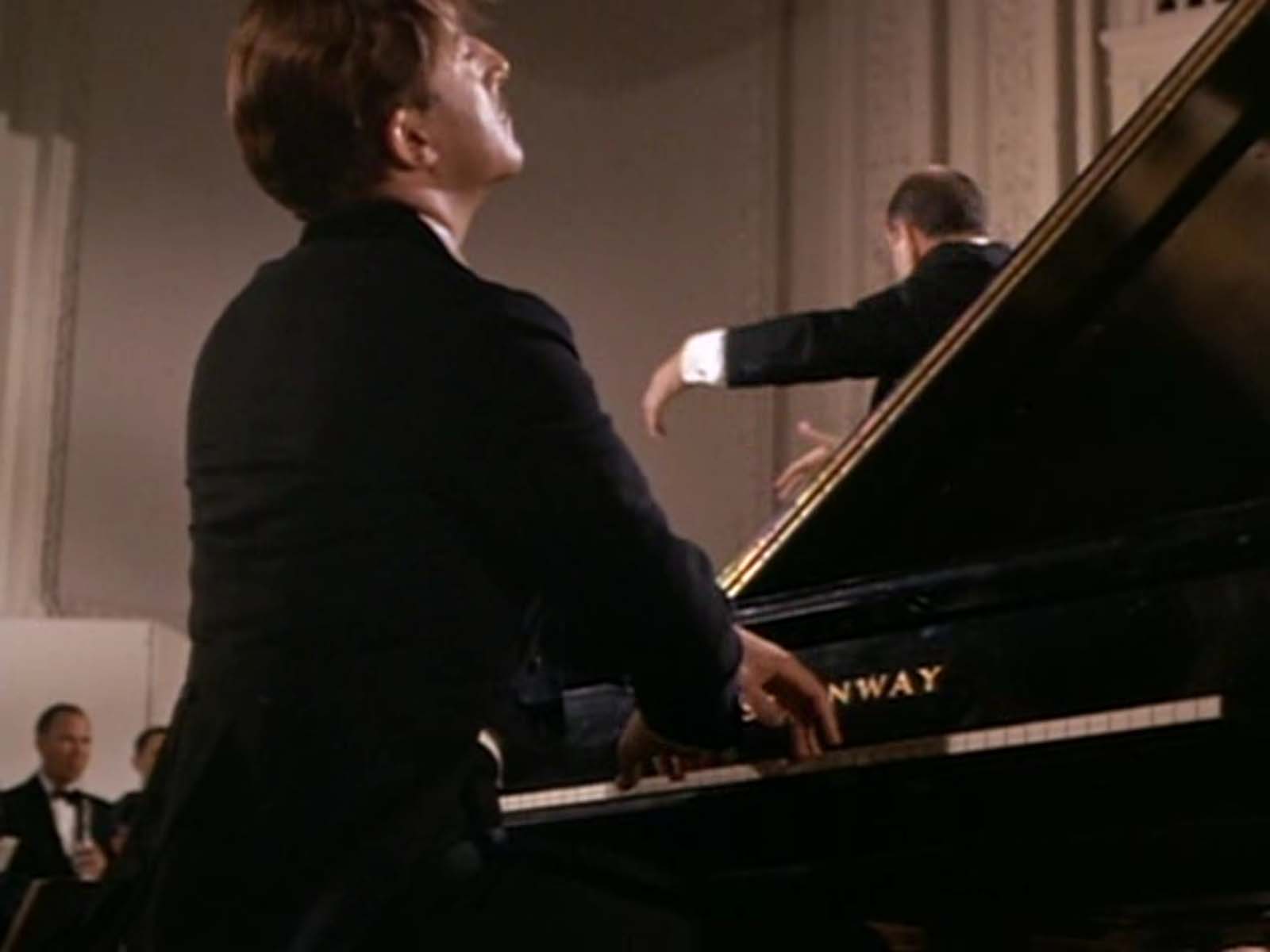
- Good use of New York locales

- Creative direction by George Roy Hill
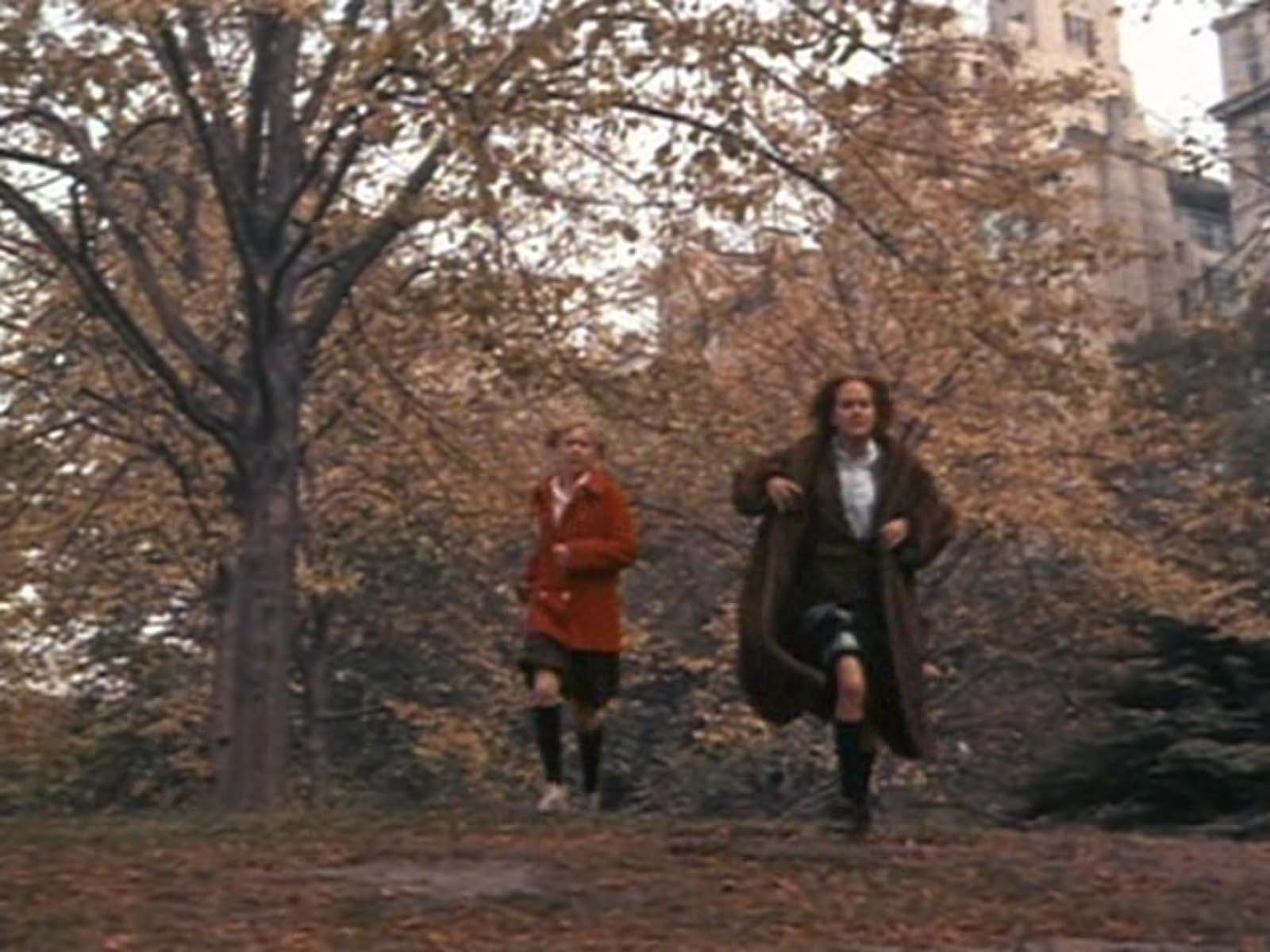
- Nora and Nunnally Johnson’s remarkably clever and informed screenplay
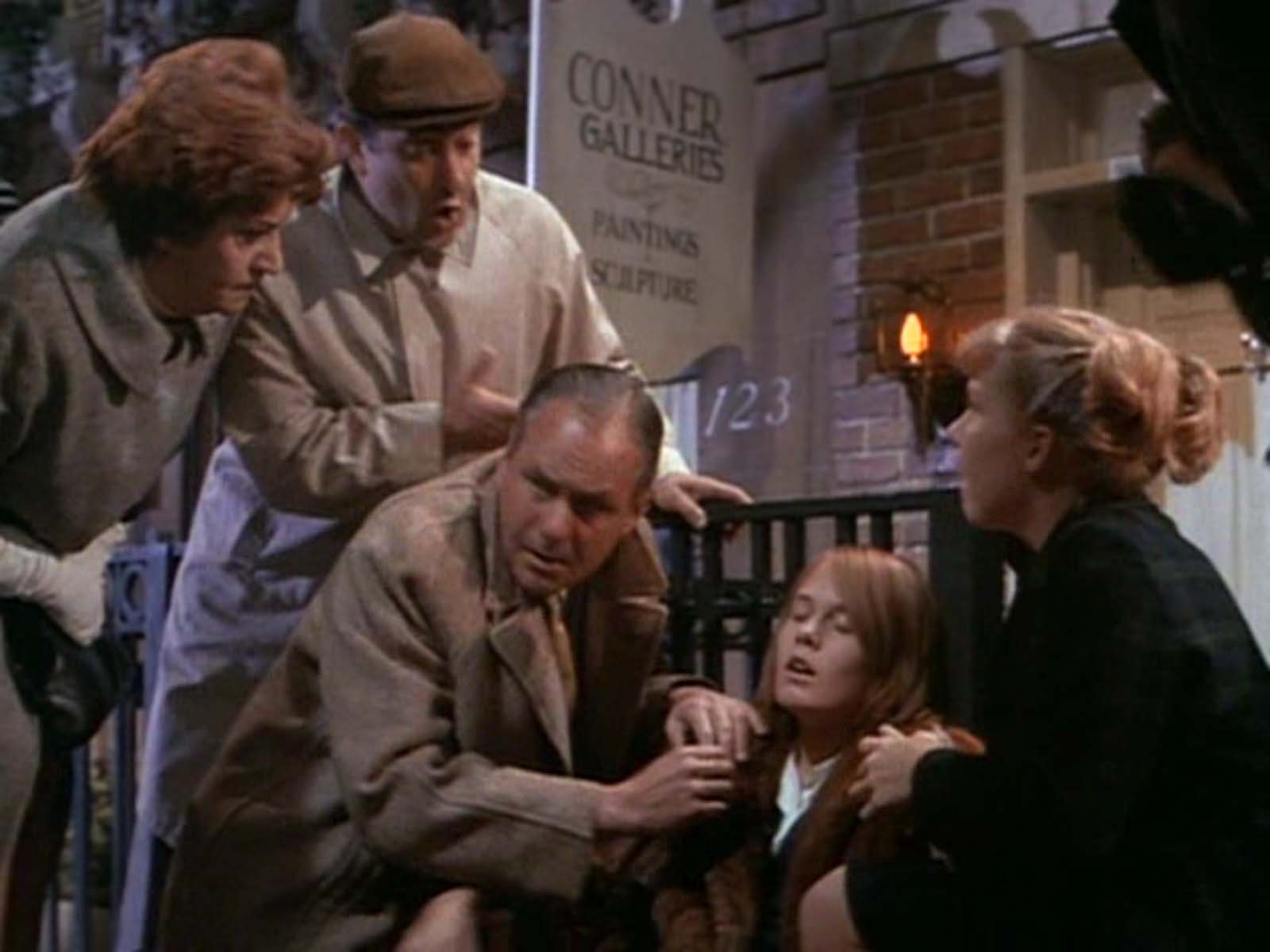
- Elmer Bernstein’s score
Must See?
Yes. This one is a true gem, and shouldn’t be missed by any film fanatic. Listed as a Personal Recommendation in the back of Peary’s book.
Categories
- Cult Movie
- Good Show
- Noteworthy Performance(s)
Links:
|
